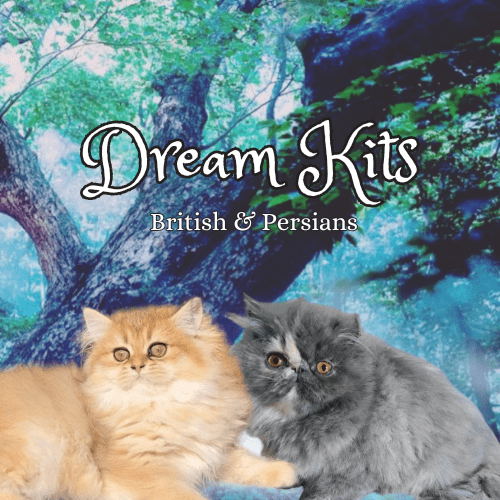
Welcome to our Dream Kits cattery! We breed Golden British Shorthair & Longhair, and a variety of Persian colors. We are located in Western New York not from Buffalo, and Niagra Falls. Ohio, Pennsylvania, Massachusetts, Connecticut and Vermont are our neighboring states. We have British & Persian kittens for sale!
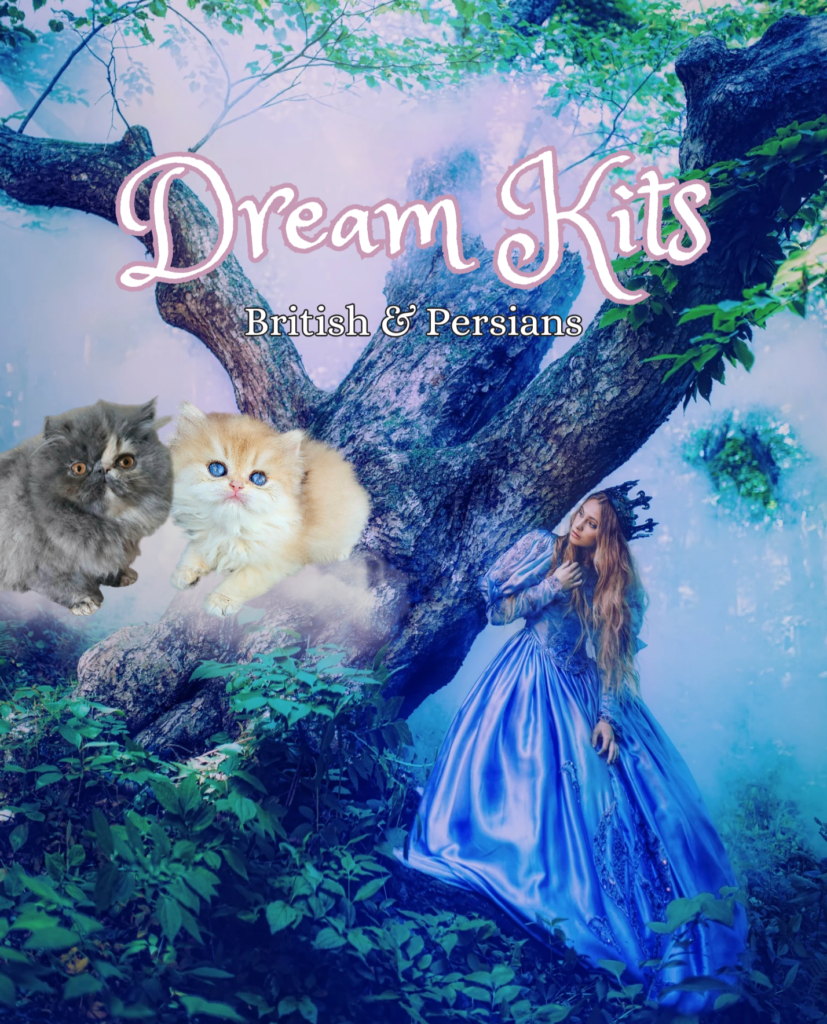
If interested in being added to our waiting list Please Fill Out Our Questionnaire Which Is Located Here.
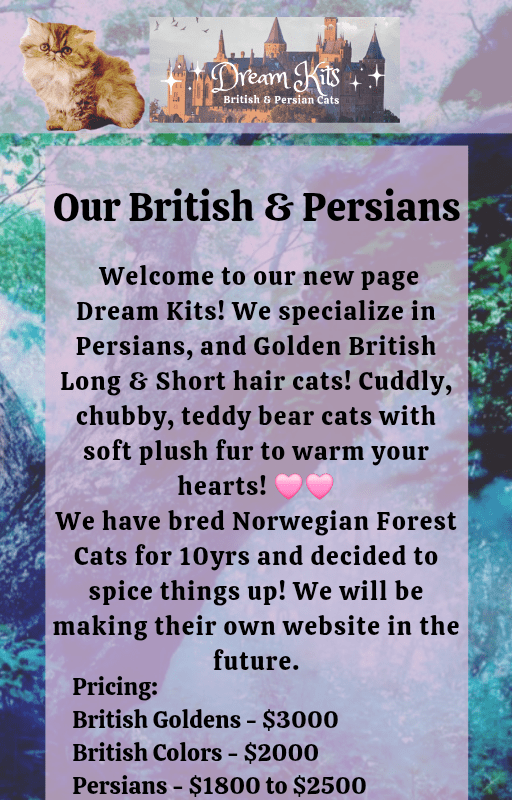
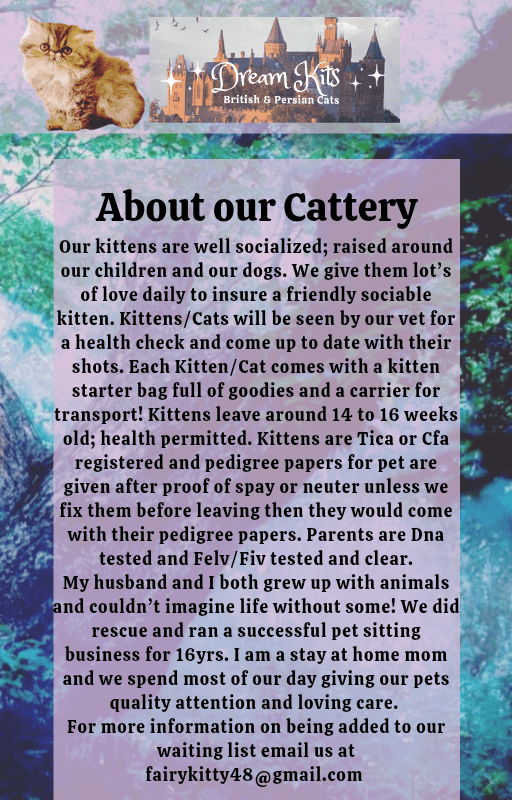
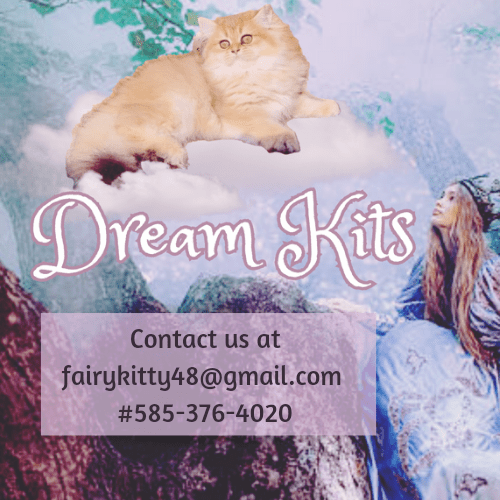
We are currently taking reservations for our waiting list!!
Our Past Golden British litter below:
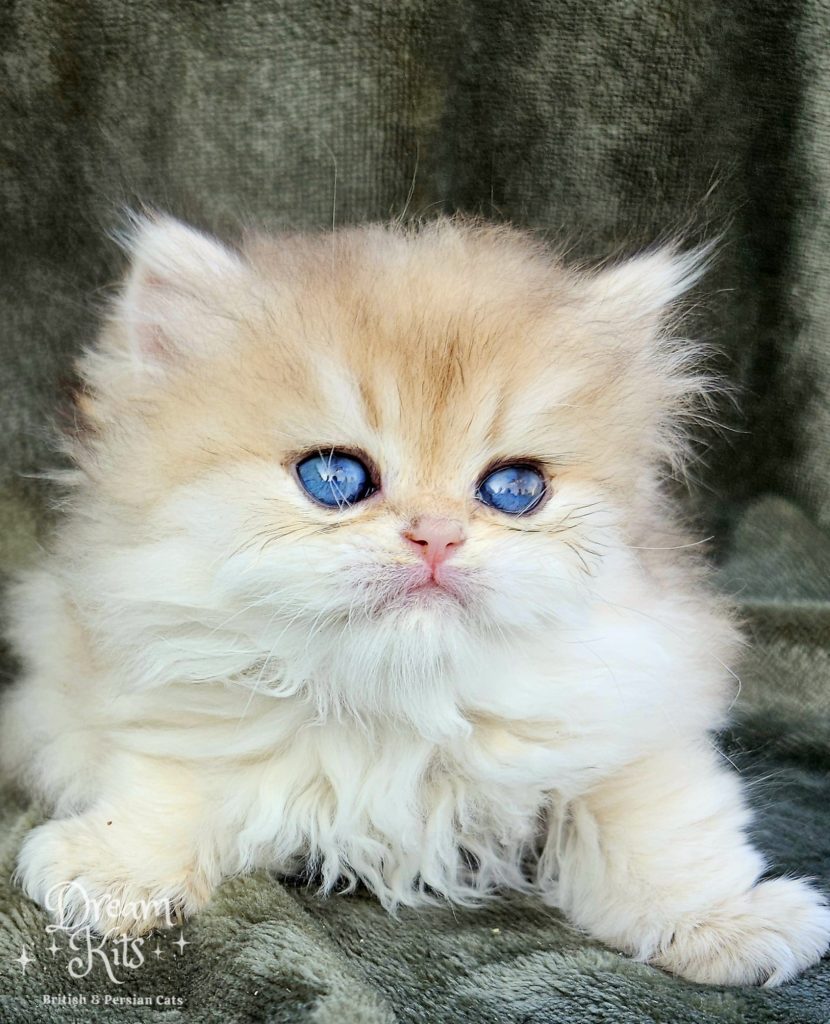
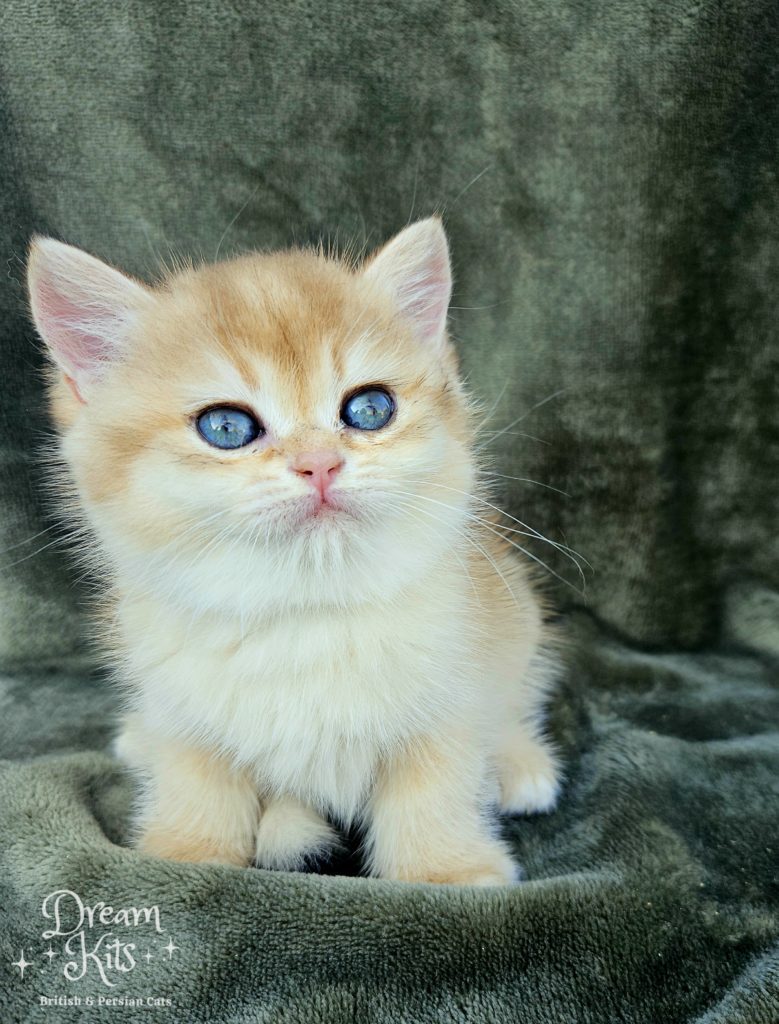
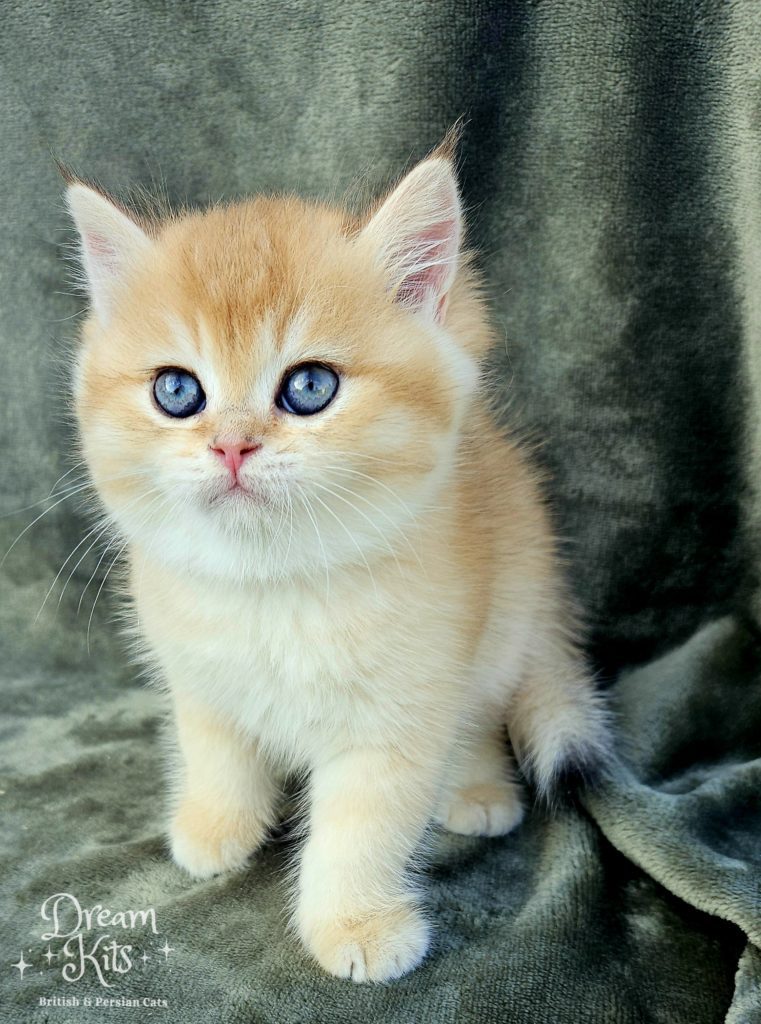
Our Cats:
British
Queens:
Parisa
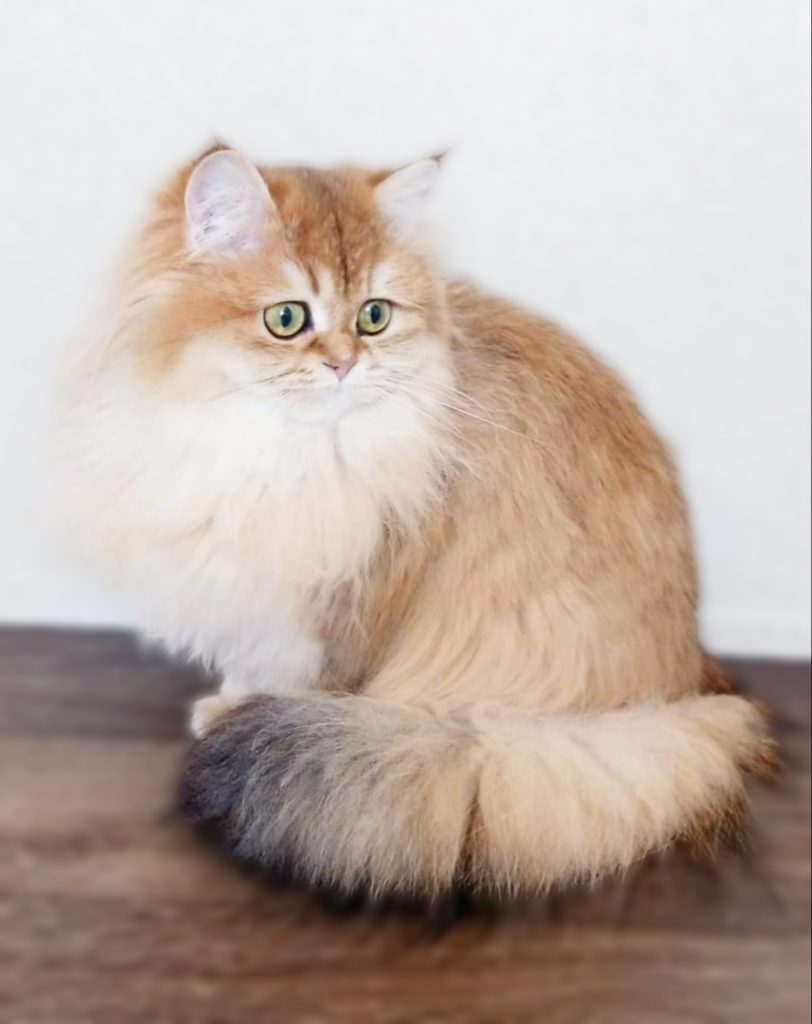
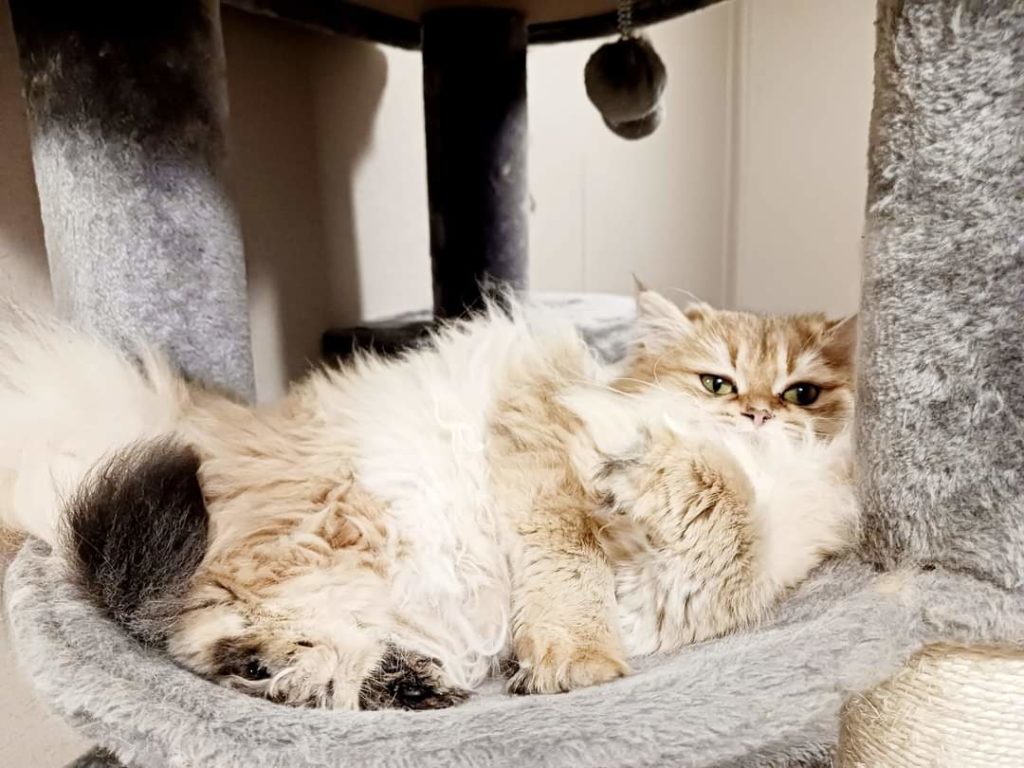
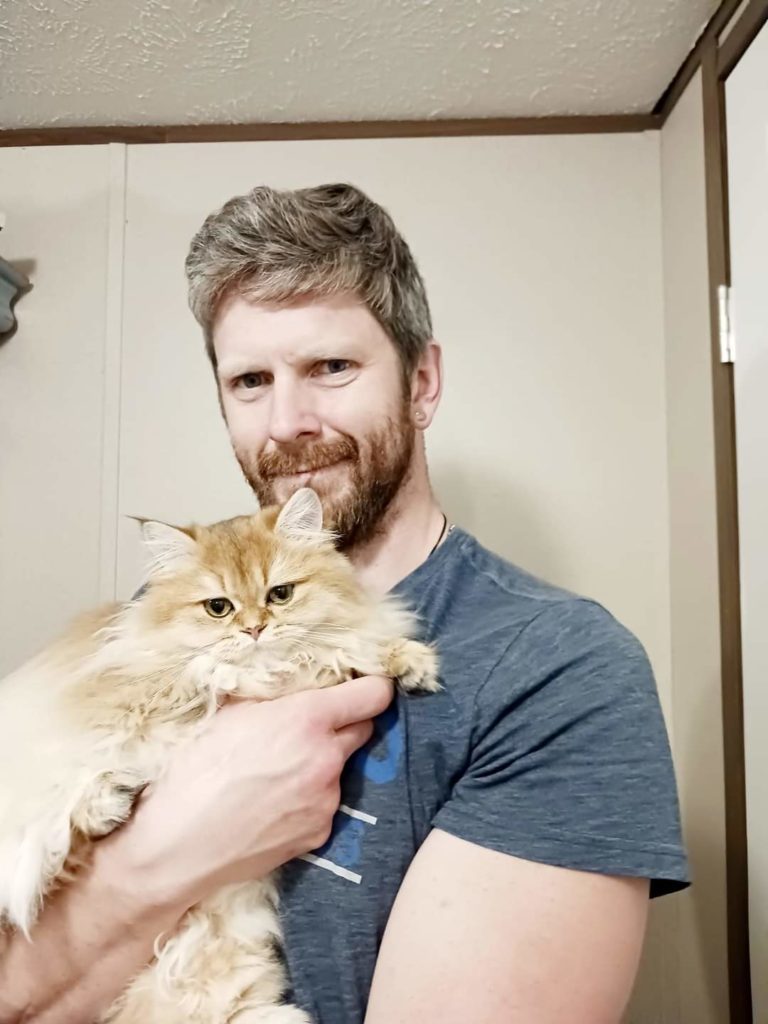
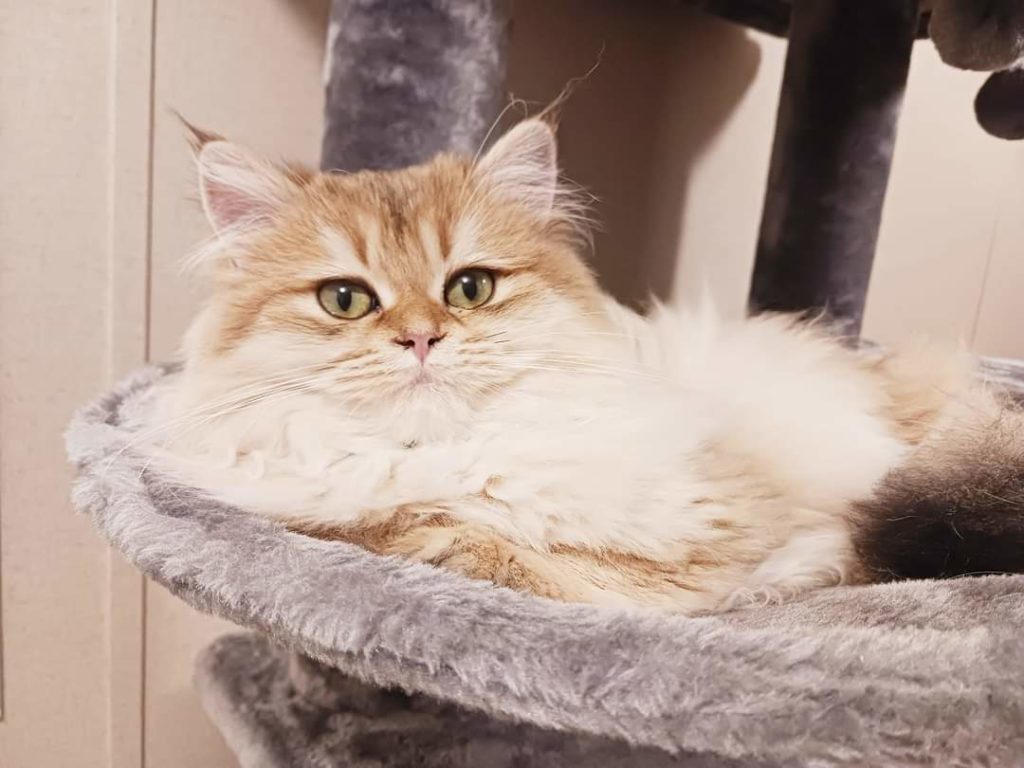
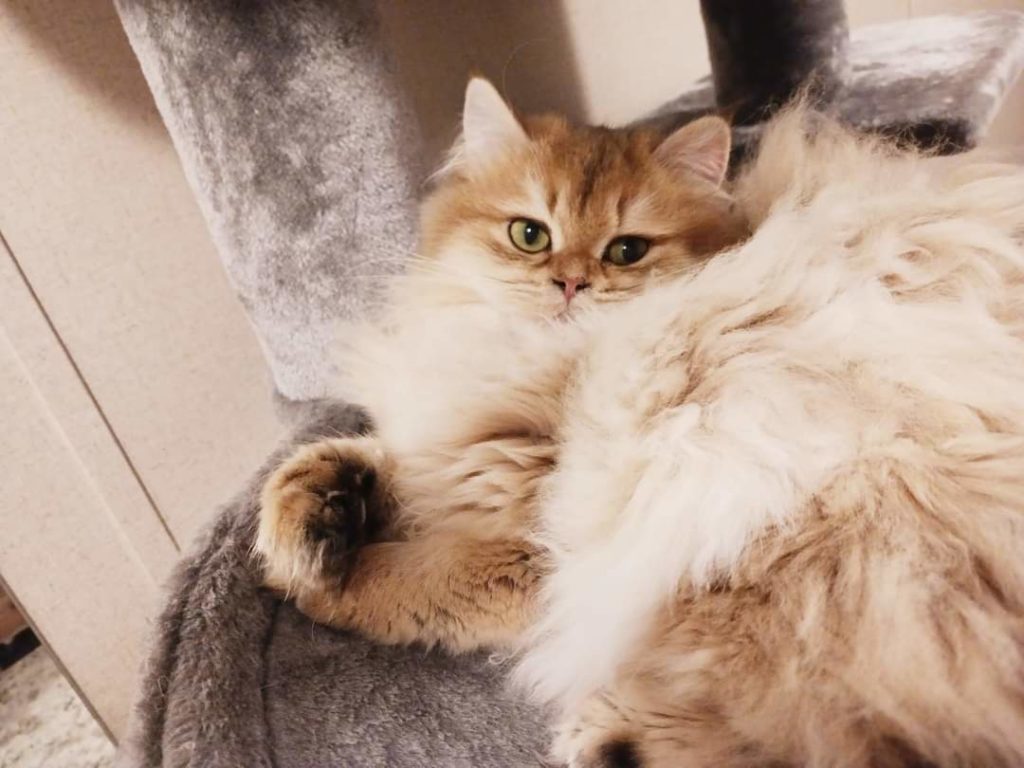
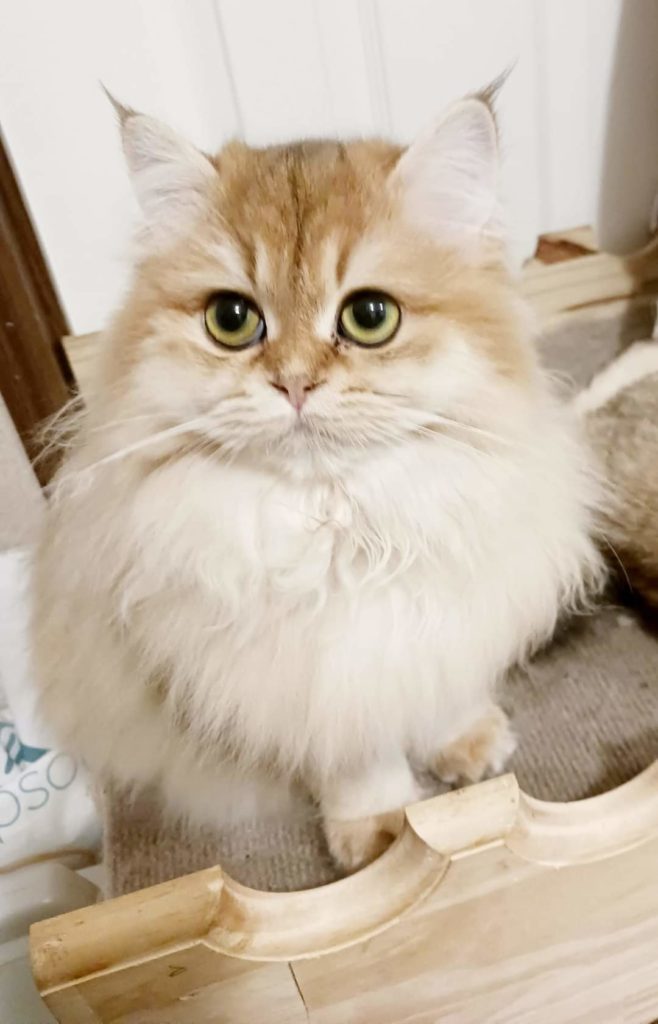
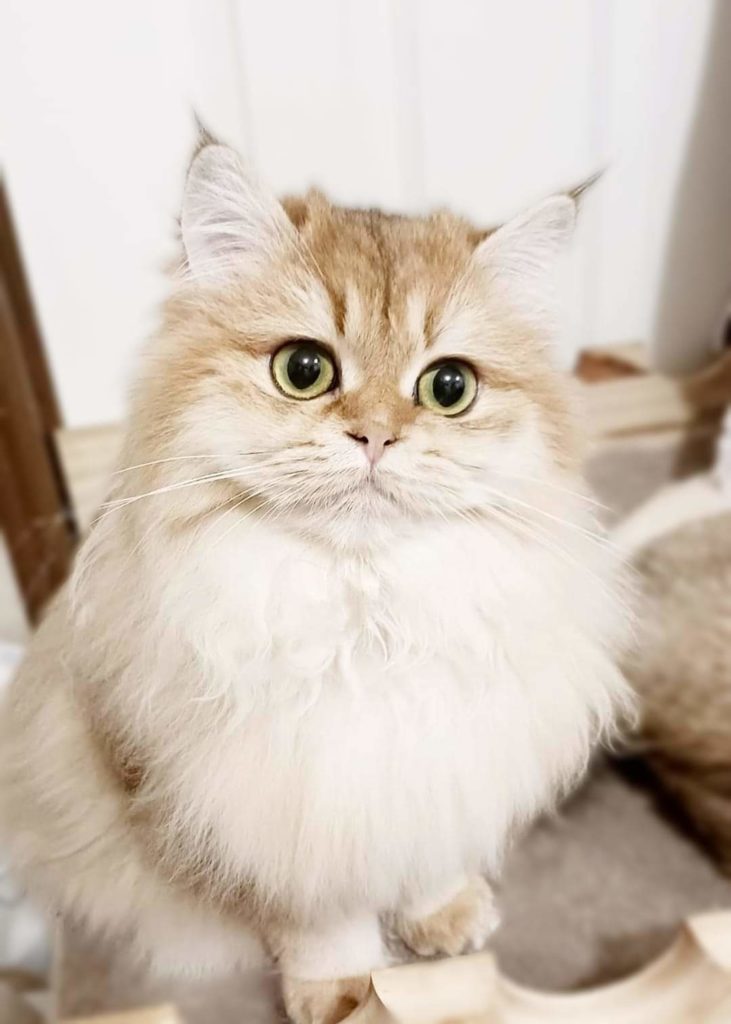
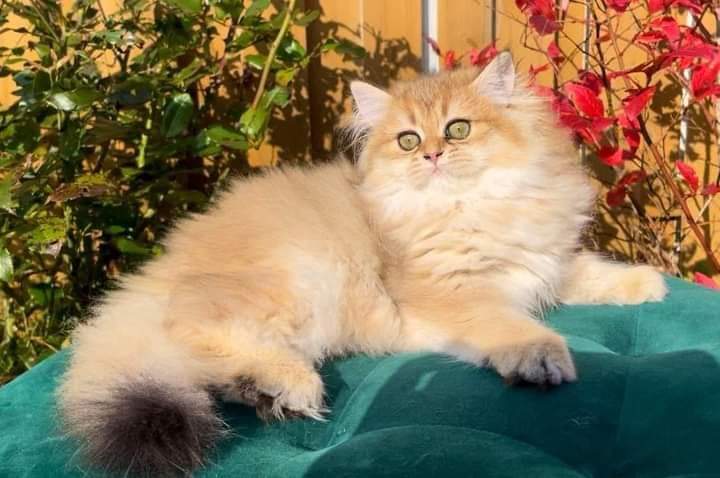
Pristina
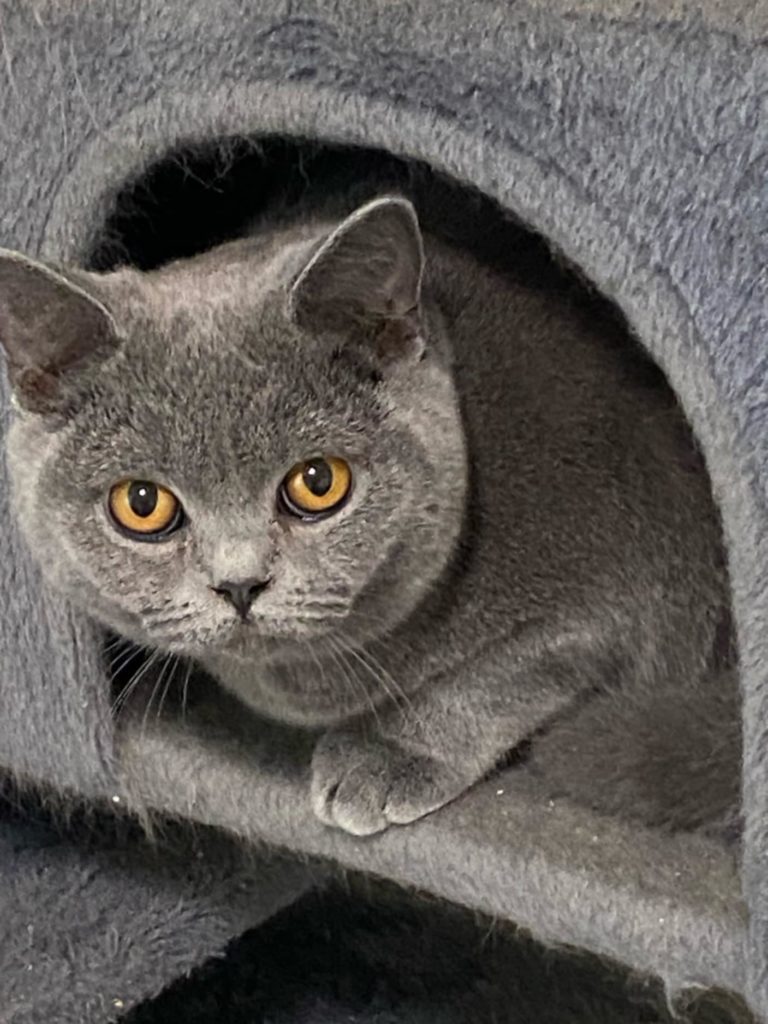
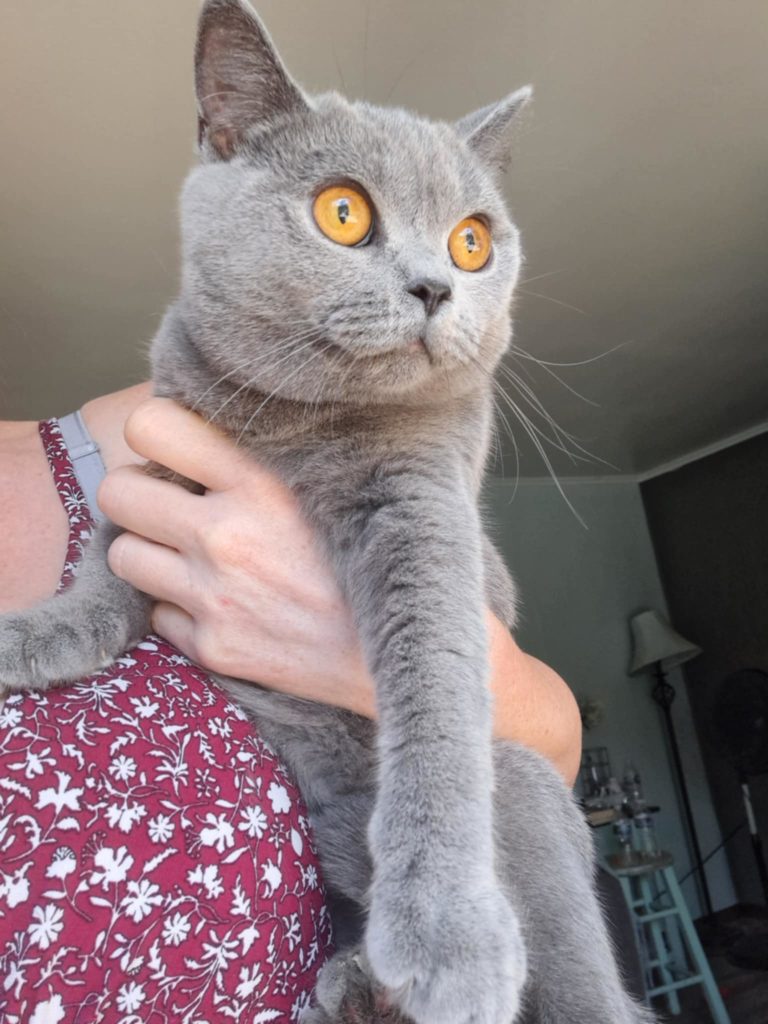
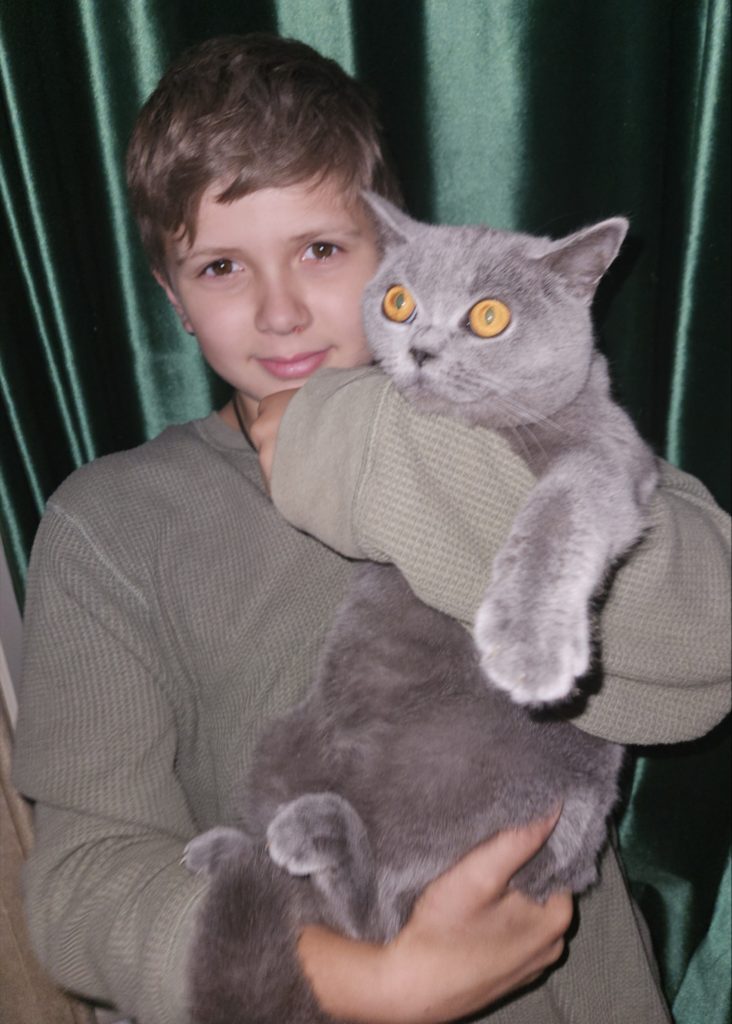
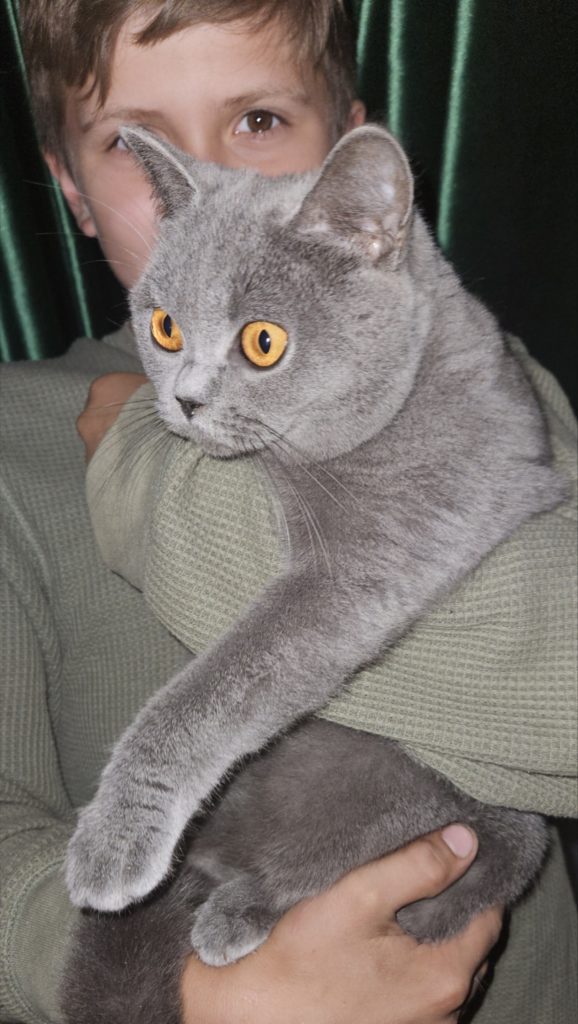
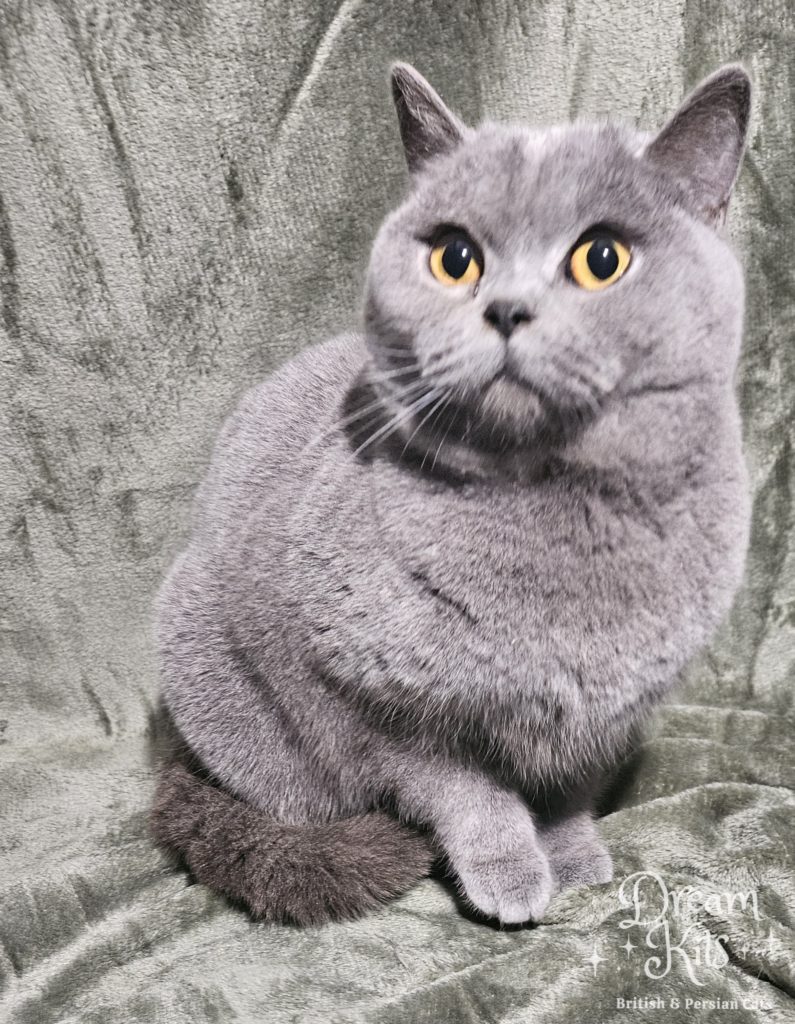

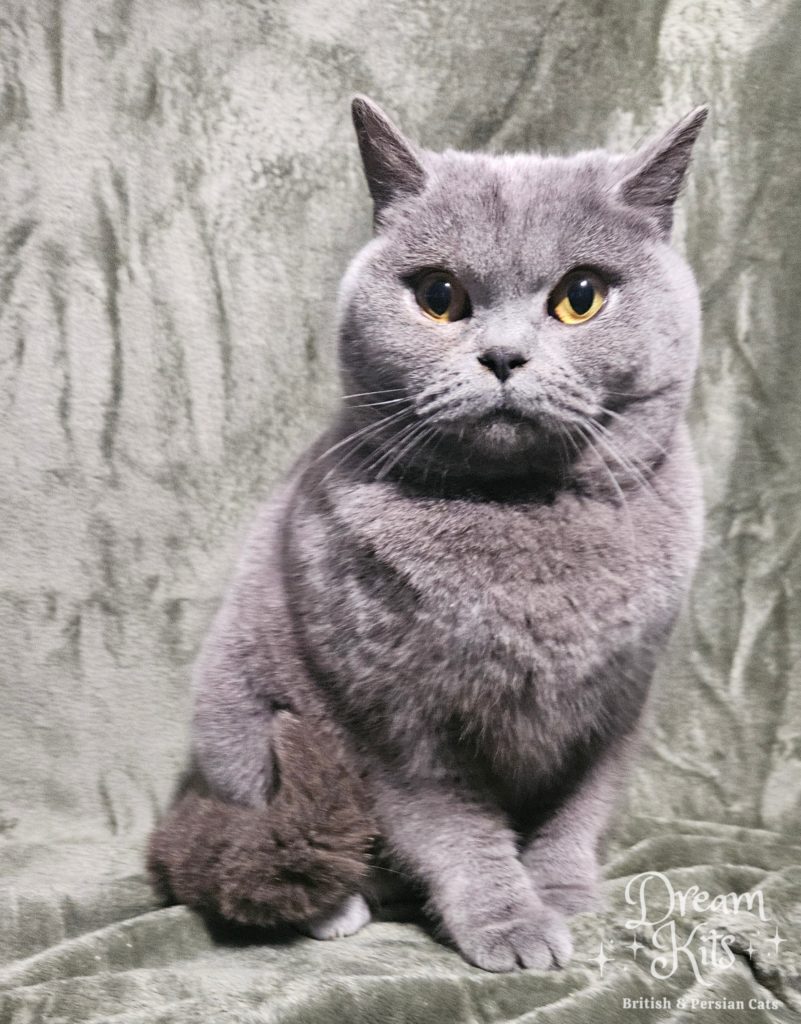
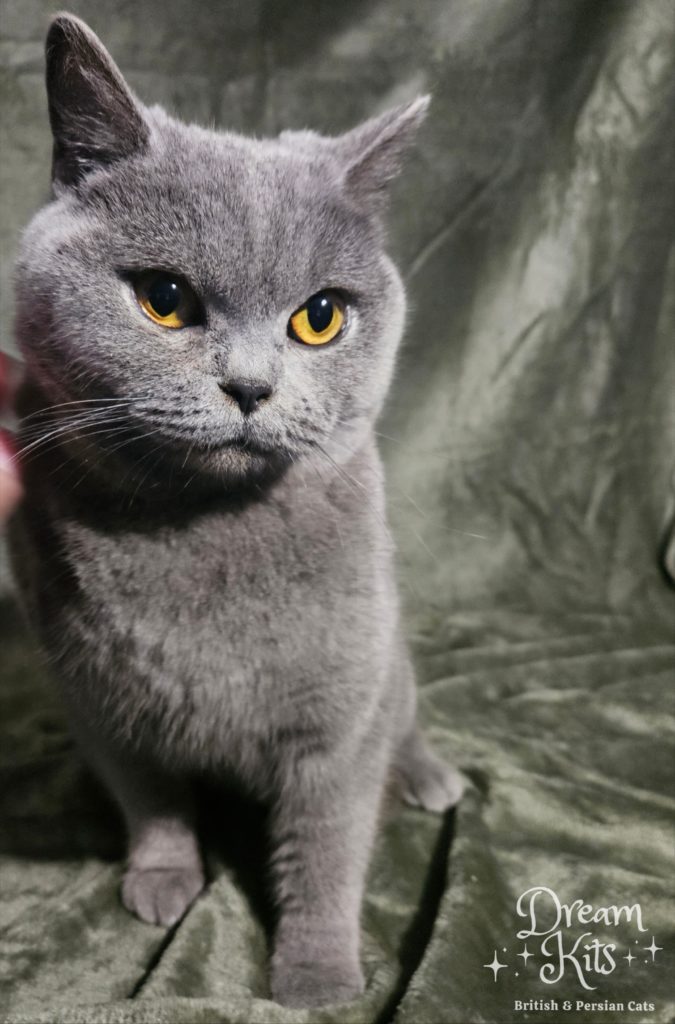
British Kings:
Hero
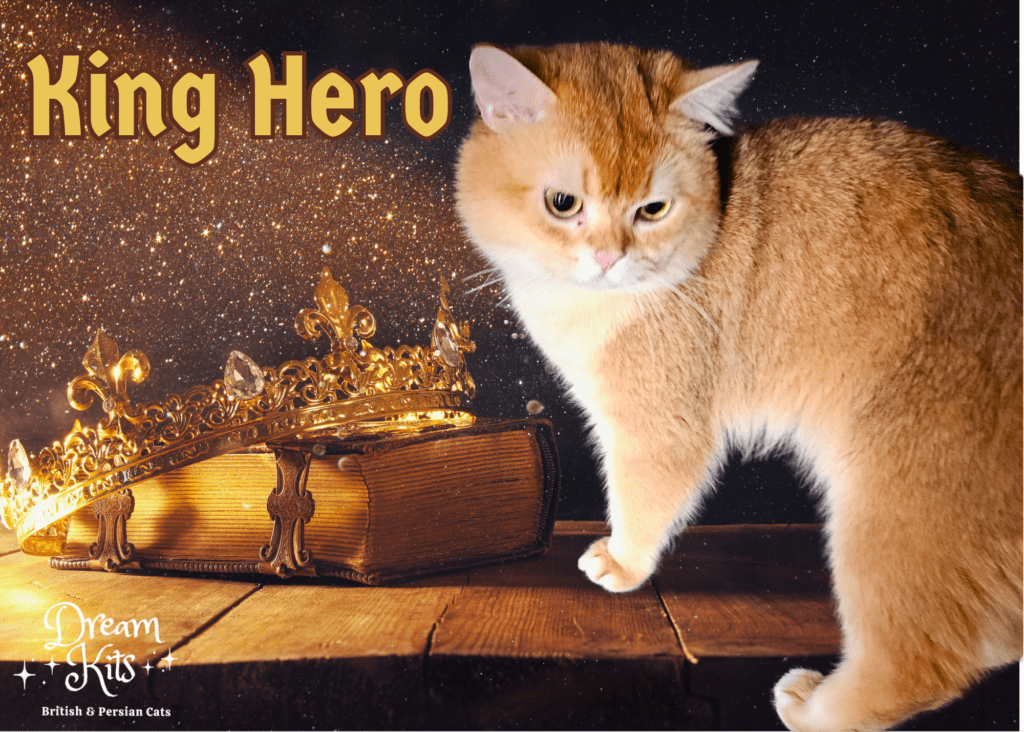
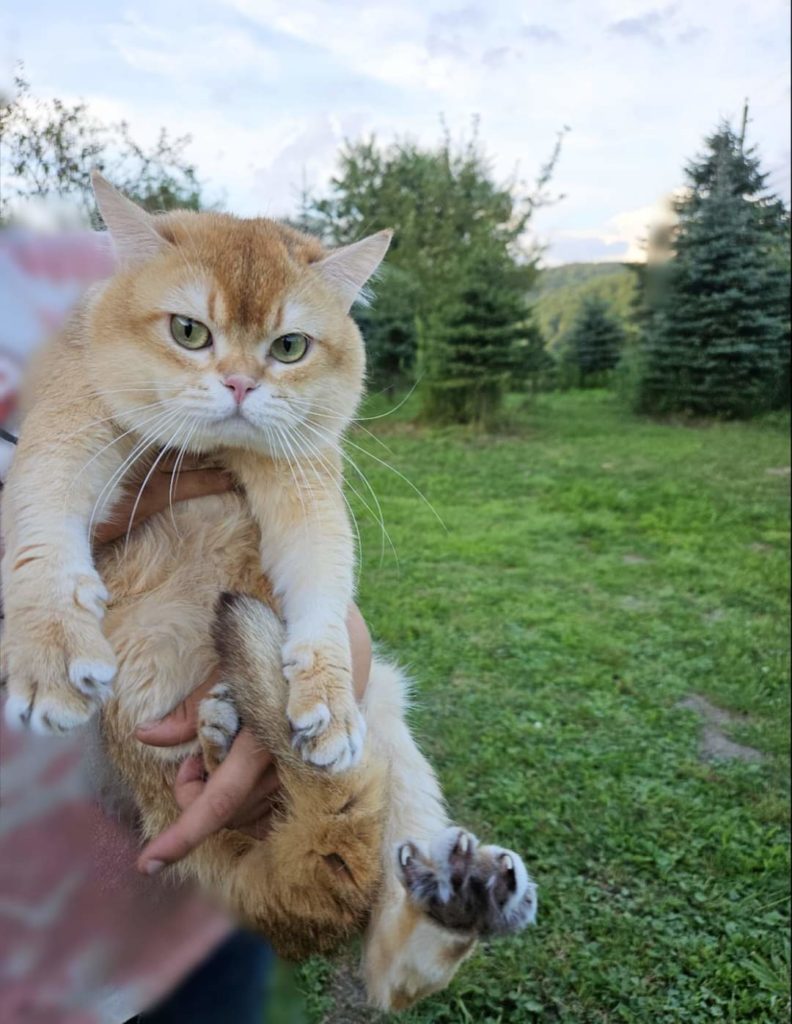
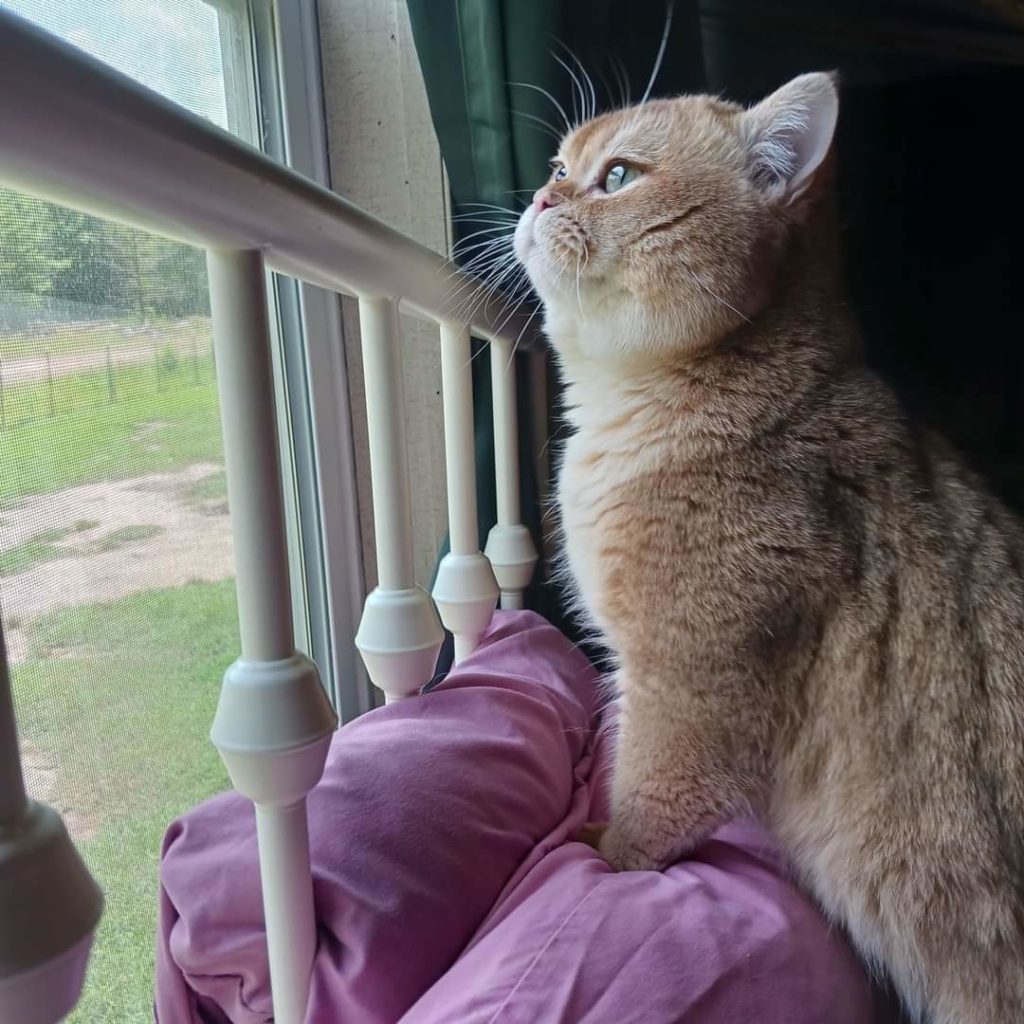
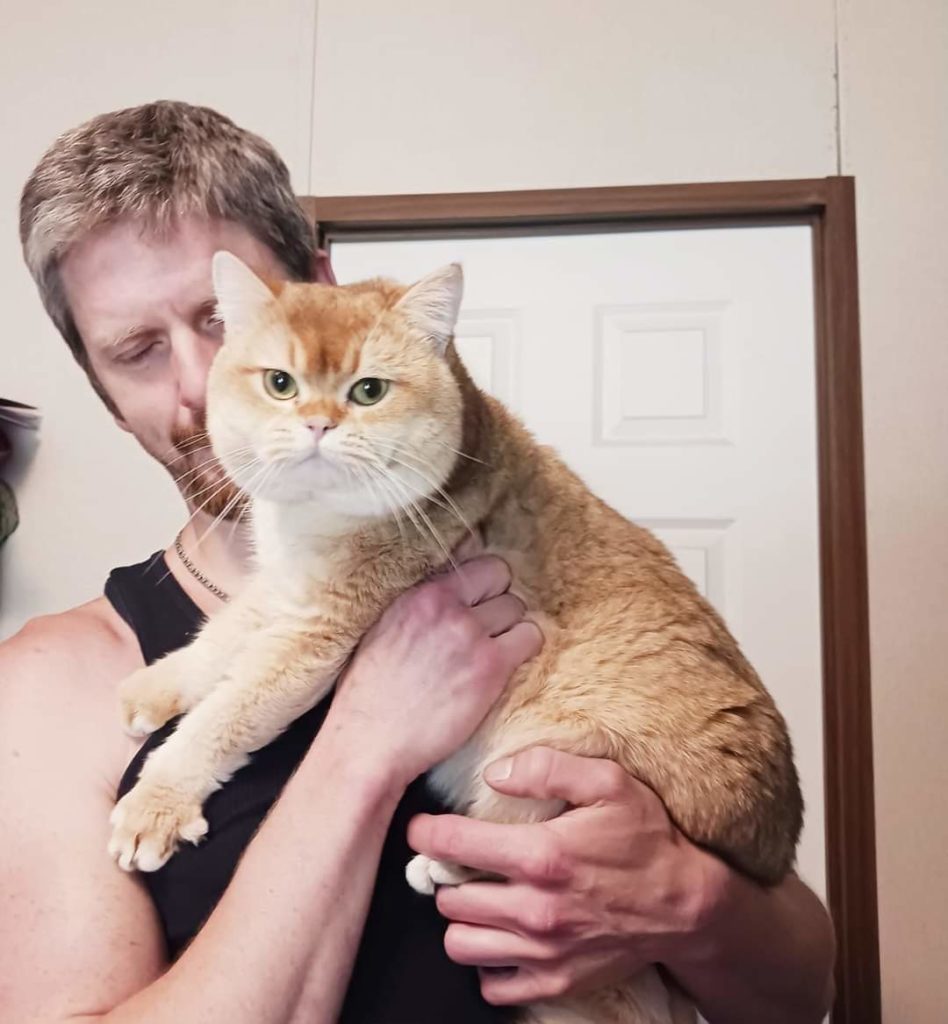
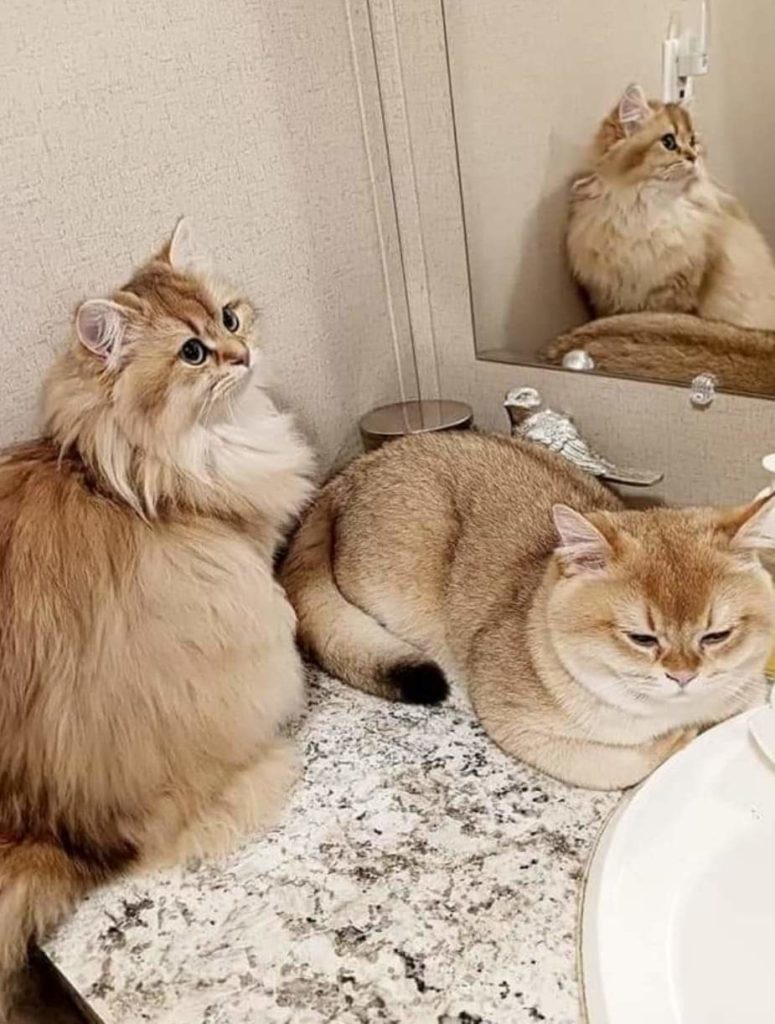
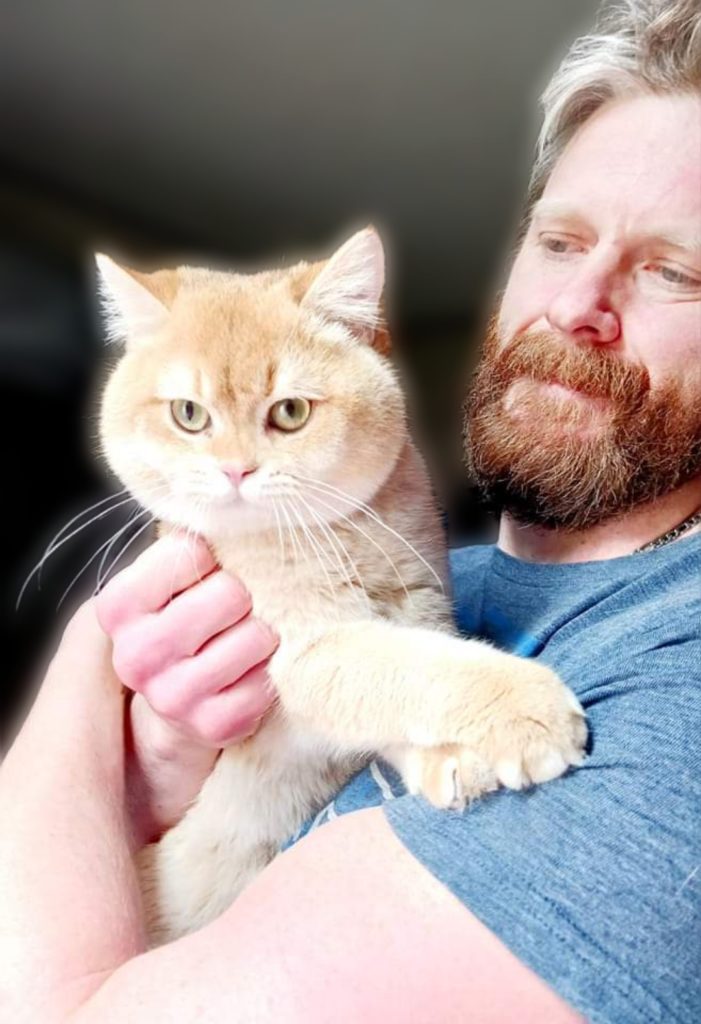
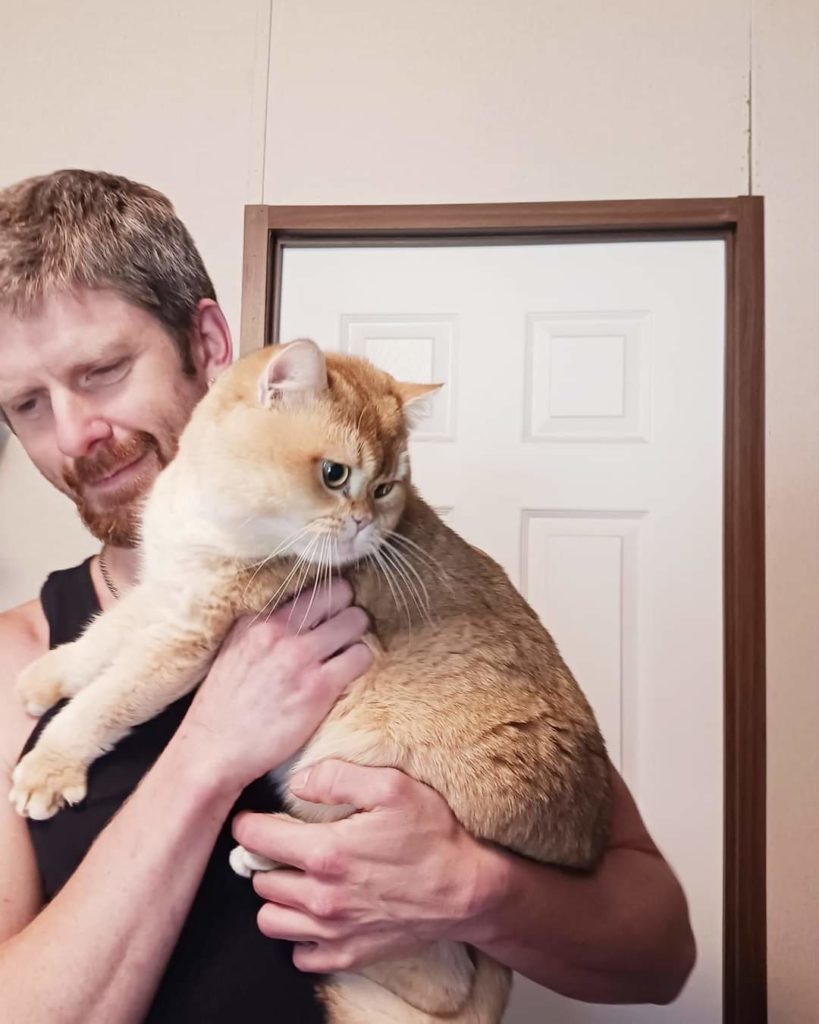
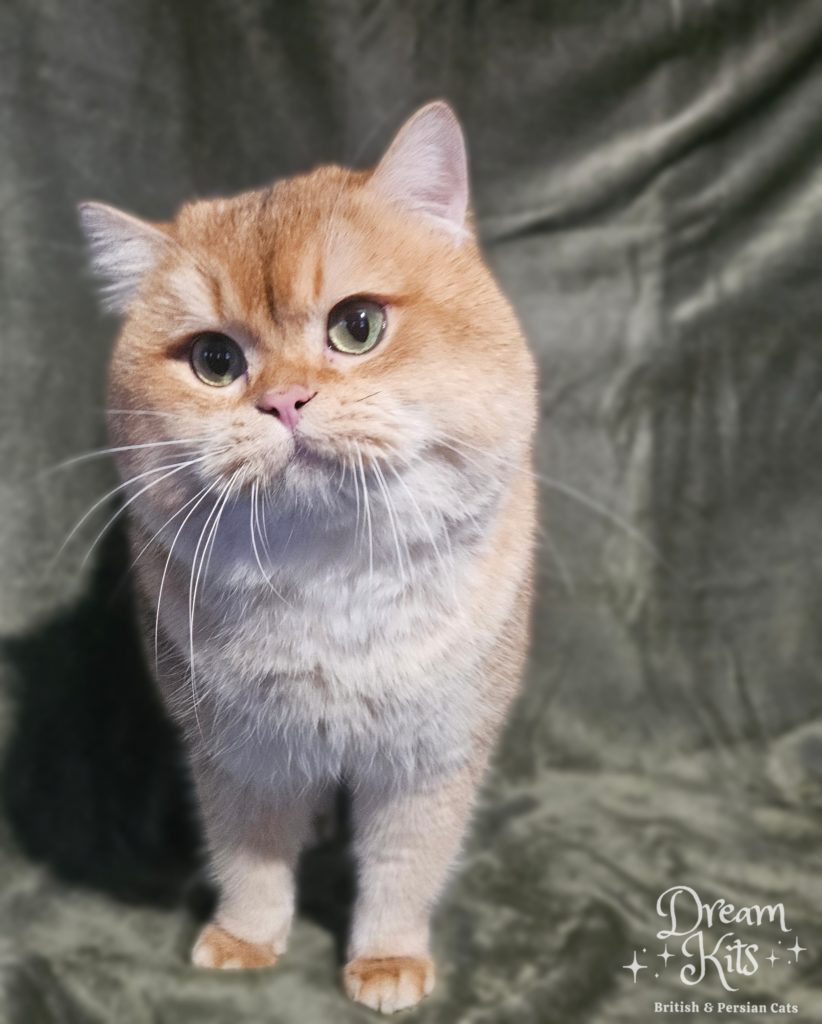
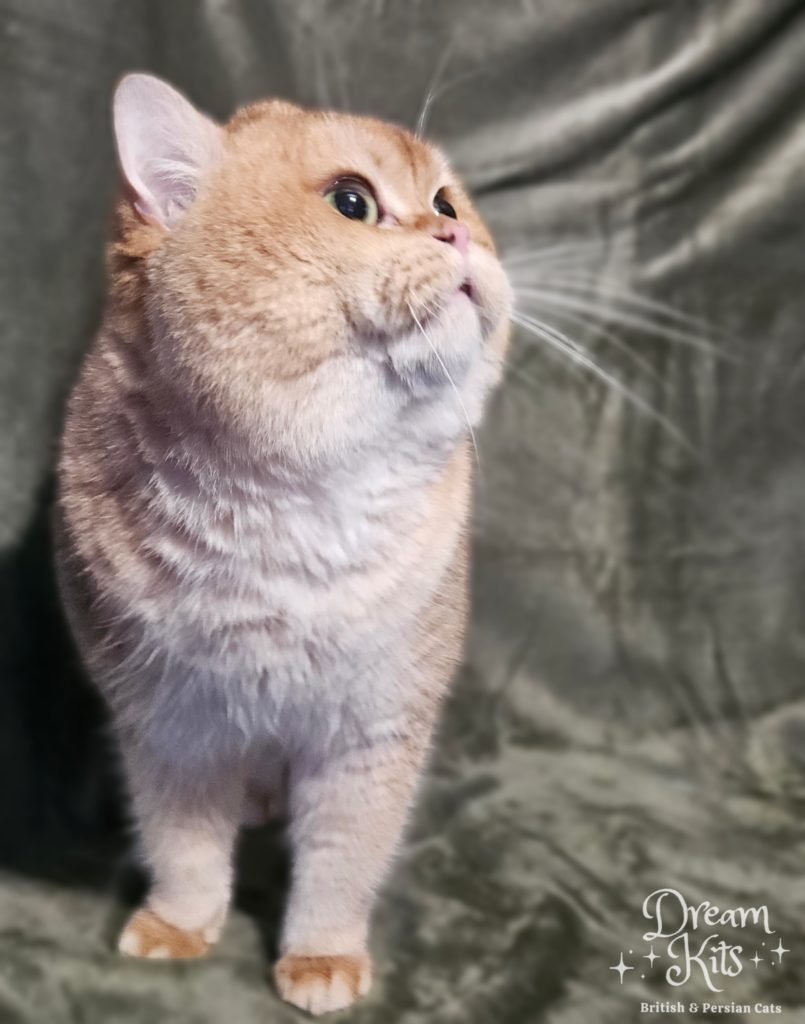
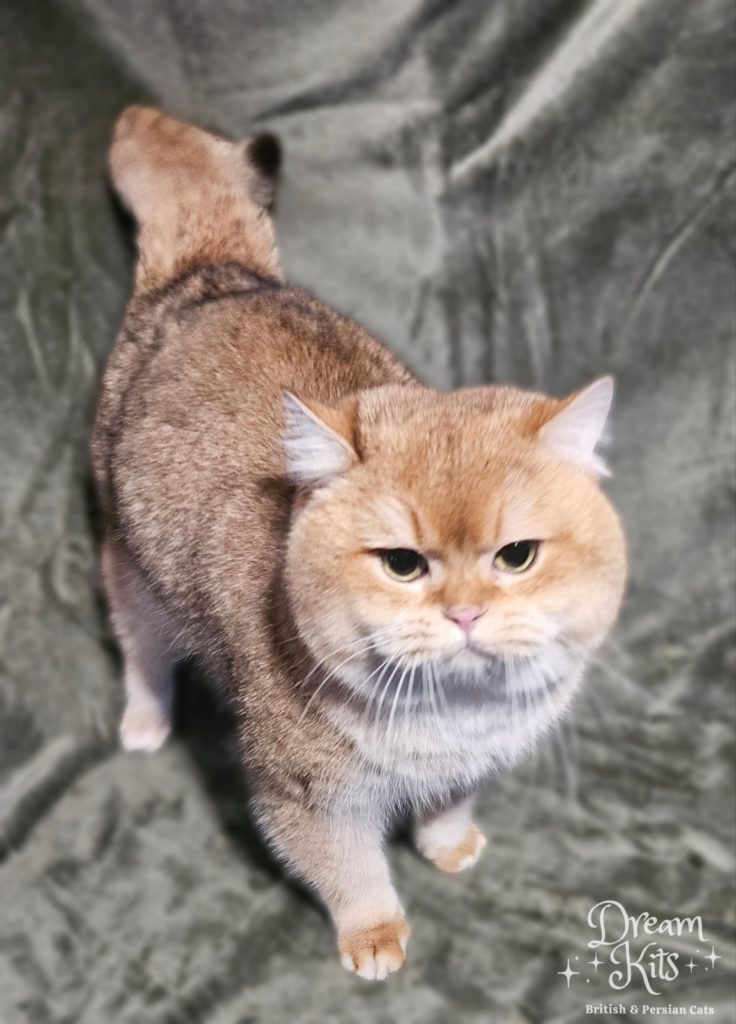
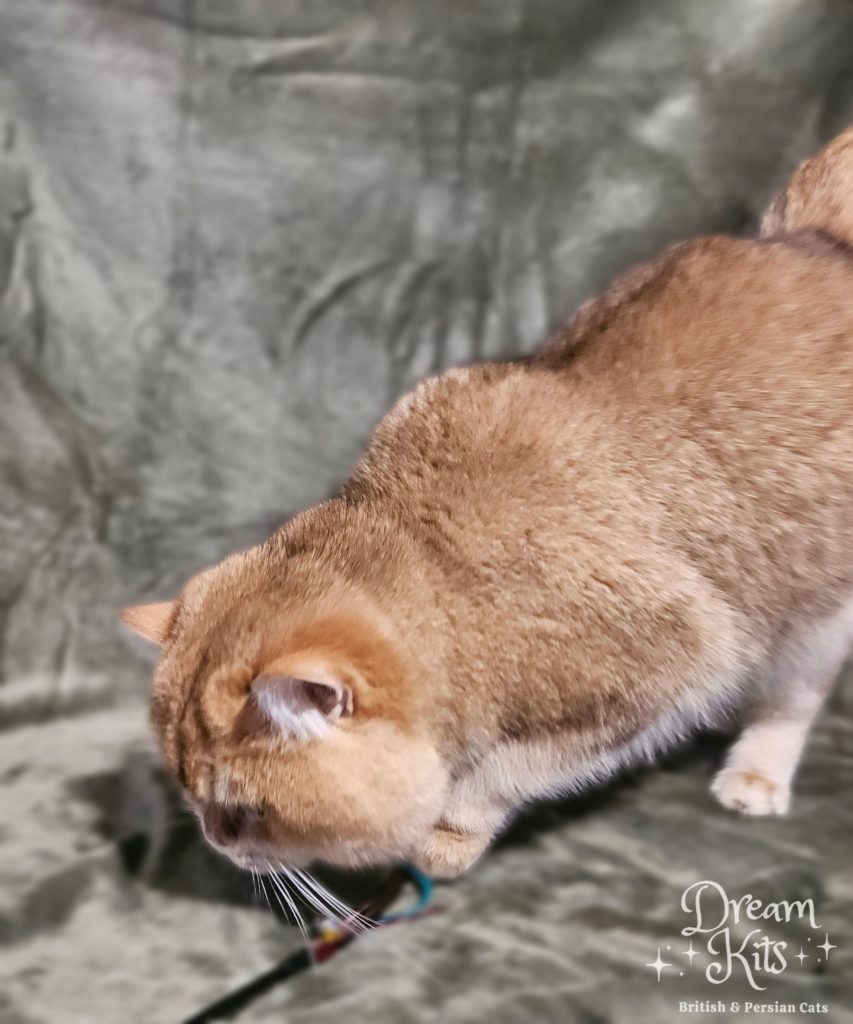
Persians
Queens:
Forever
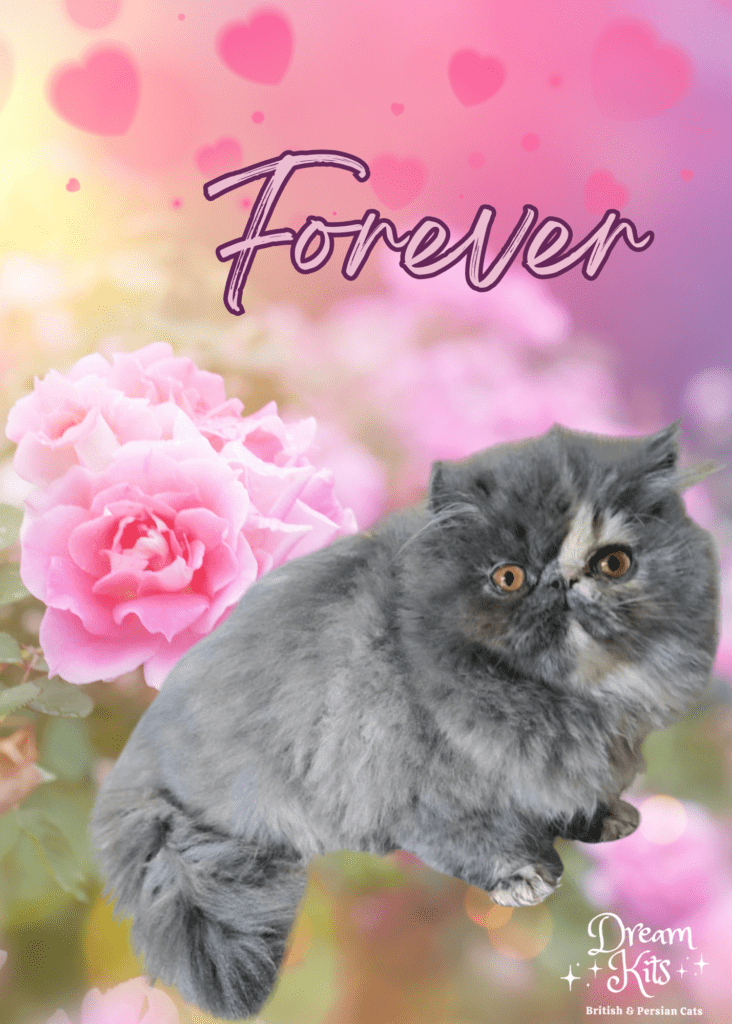
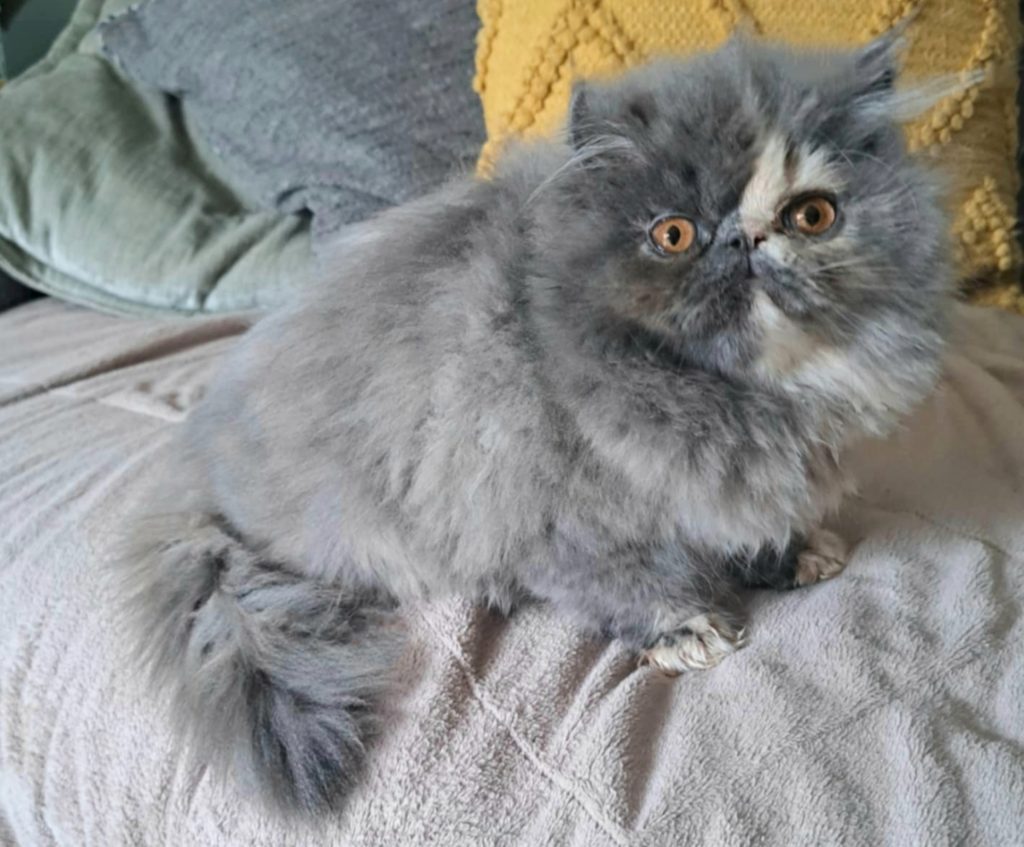
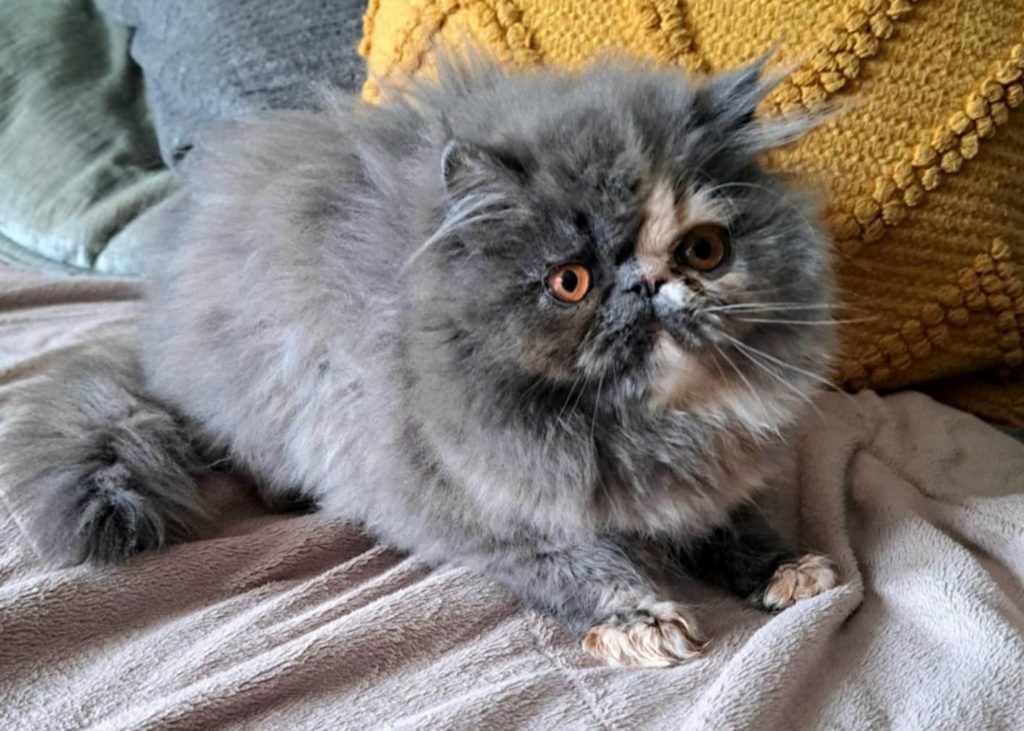
Spellbound
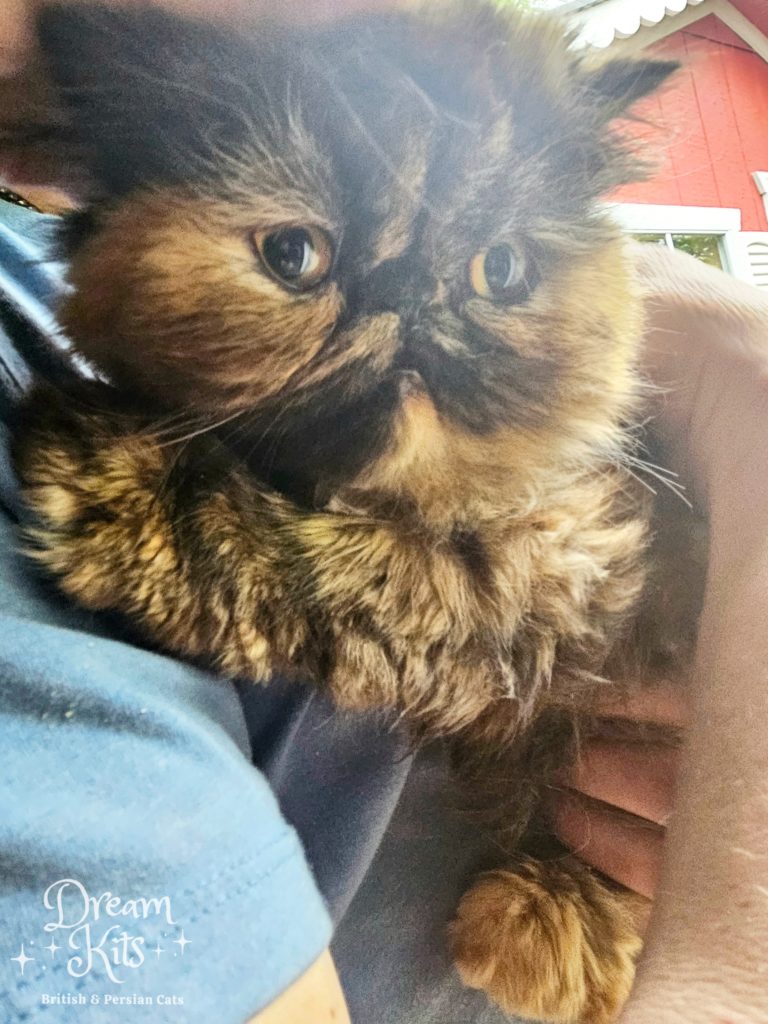
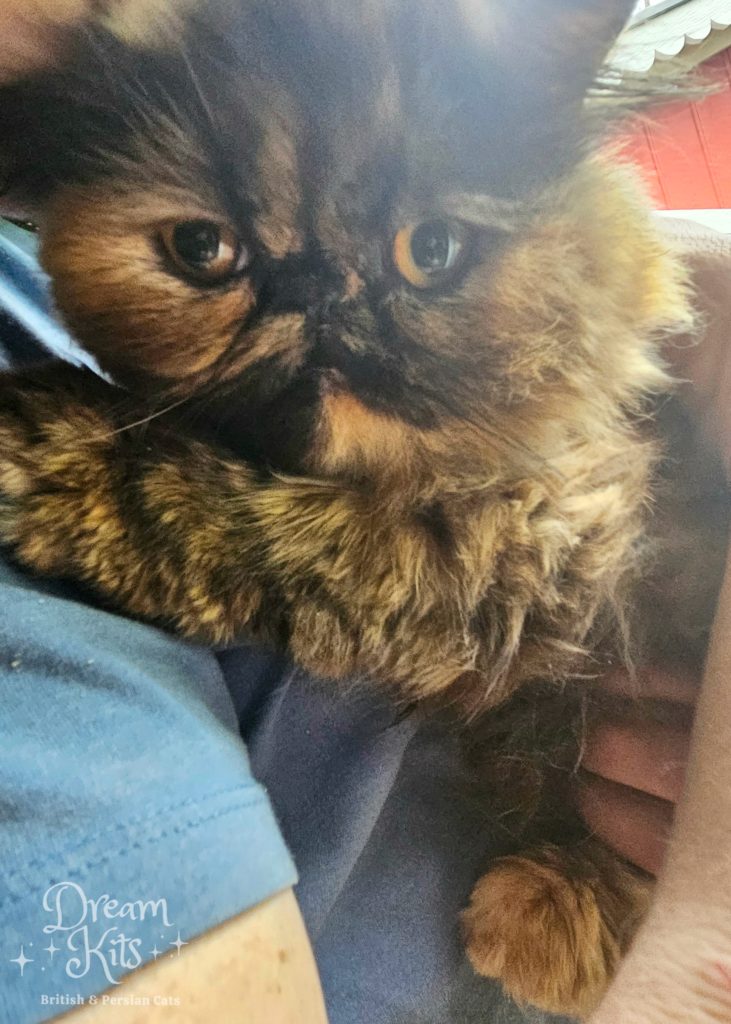
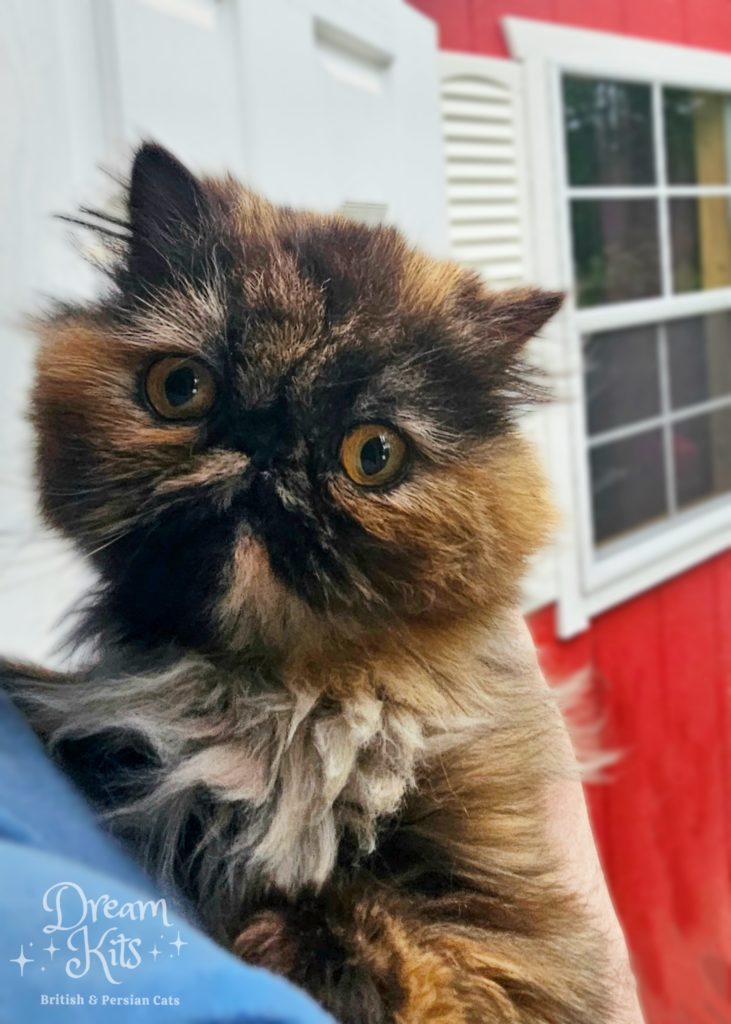
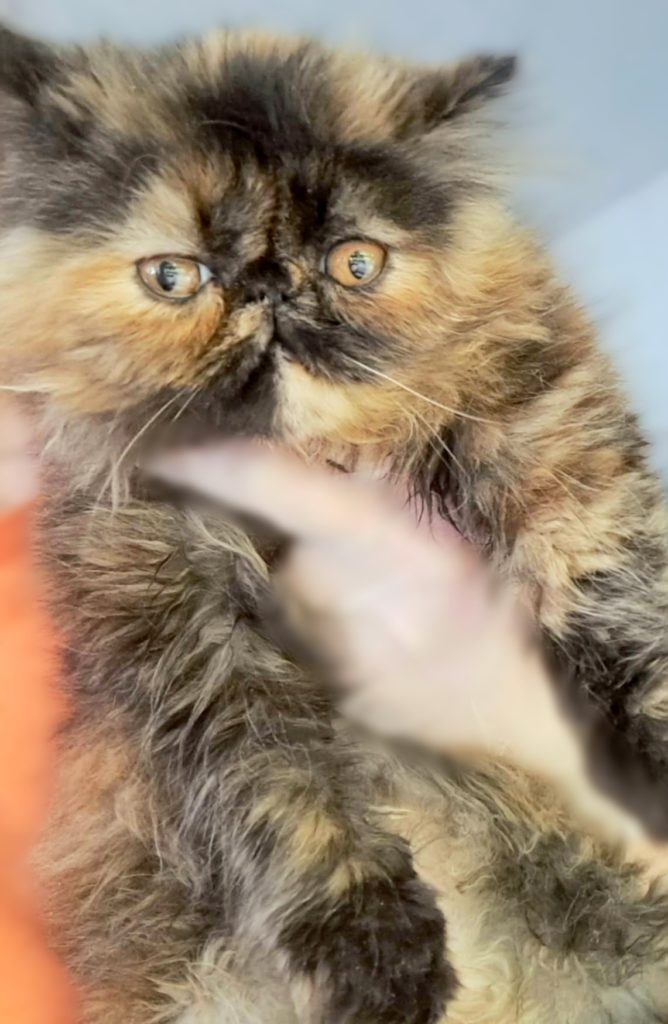
Lacey
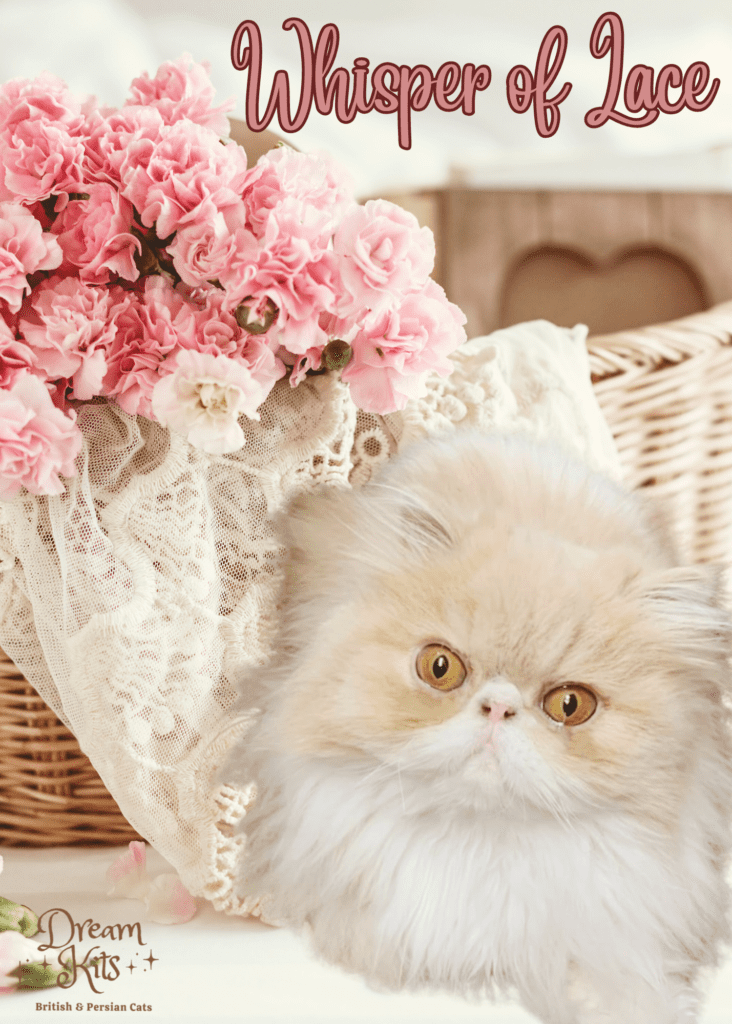
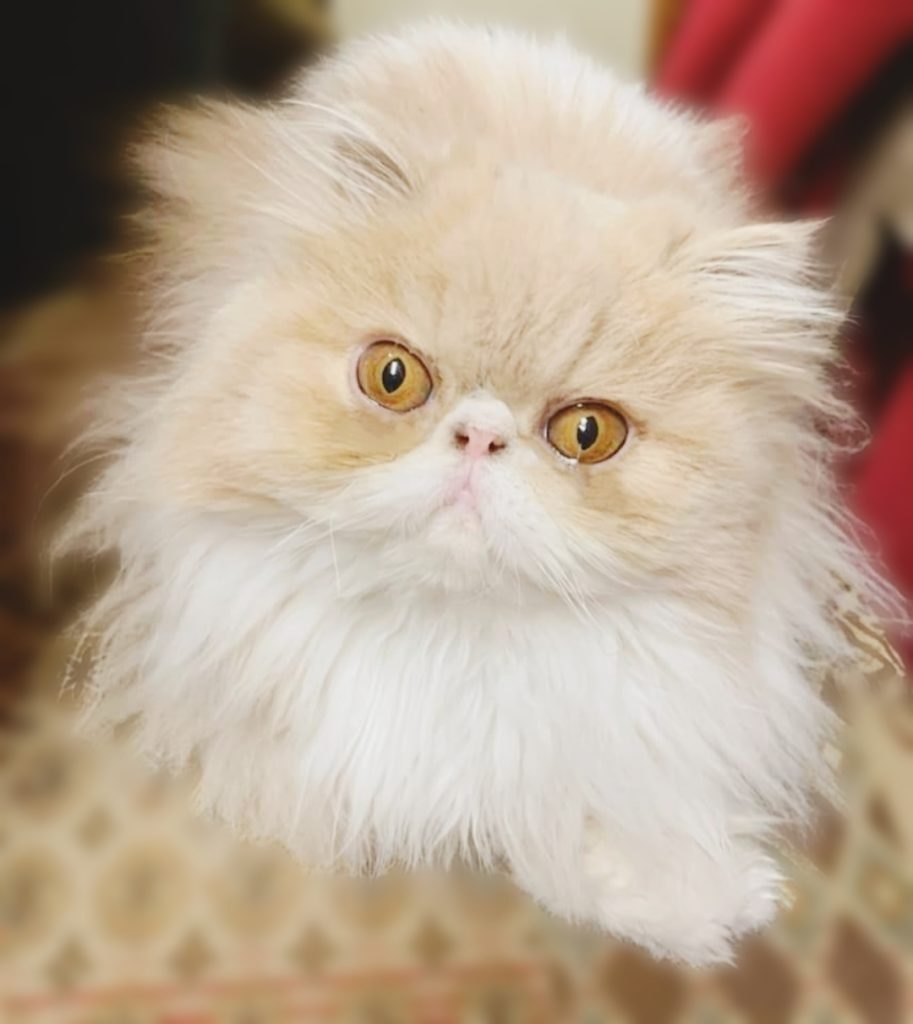
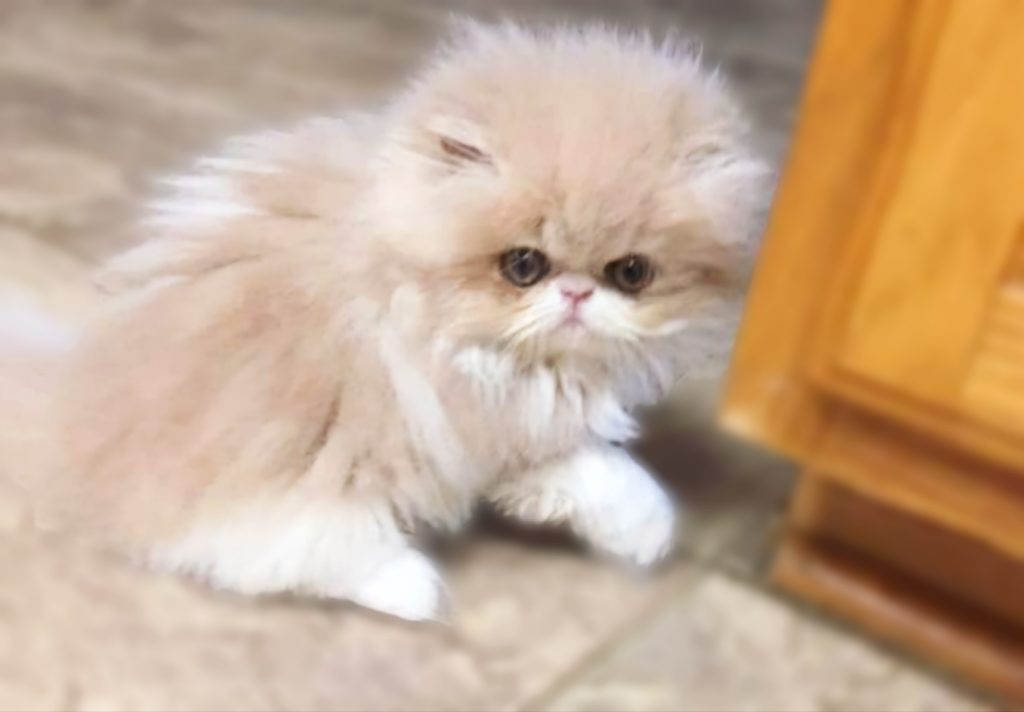
Ever After
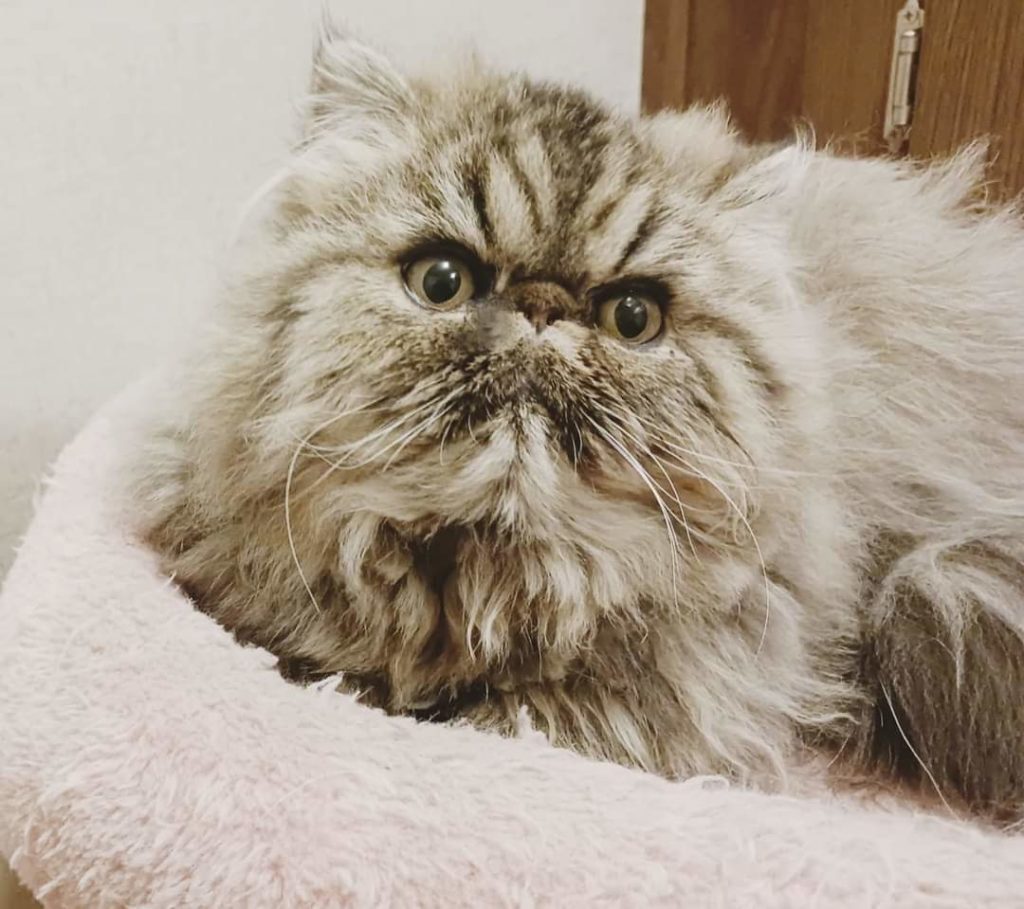
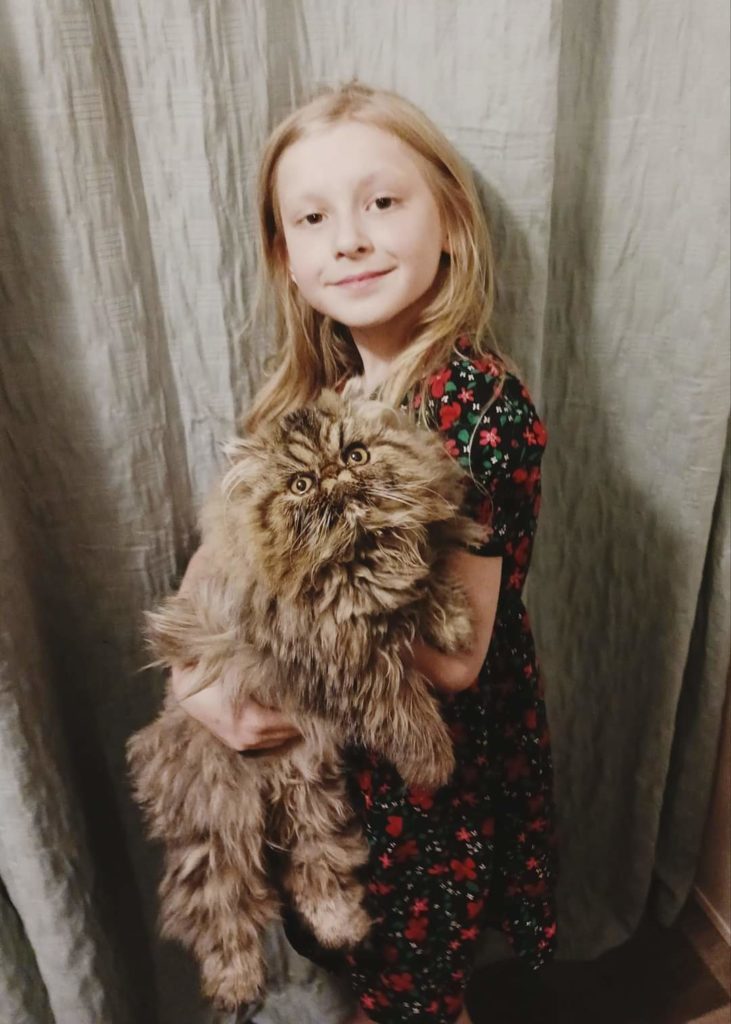
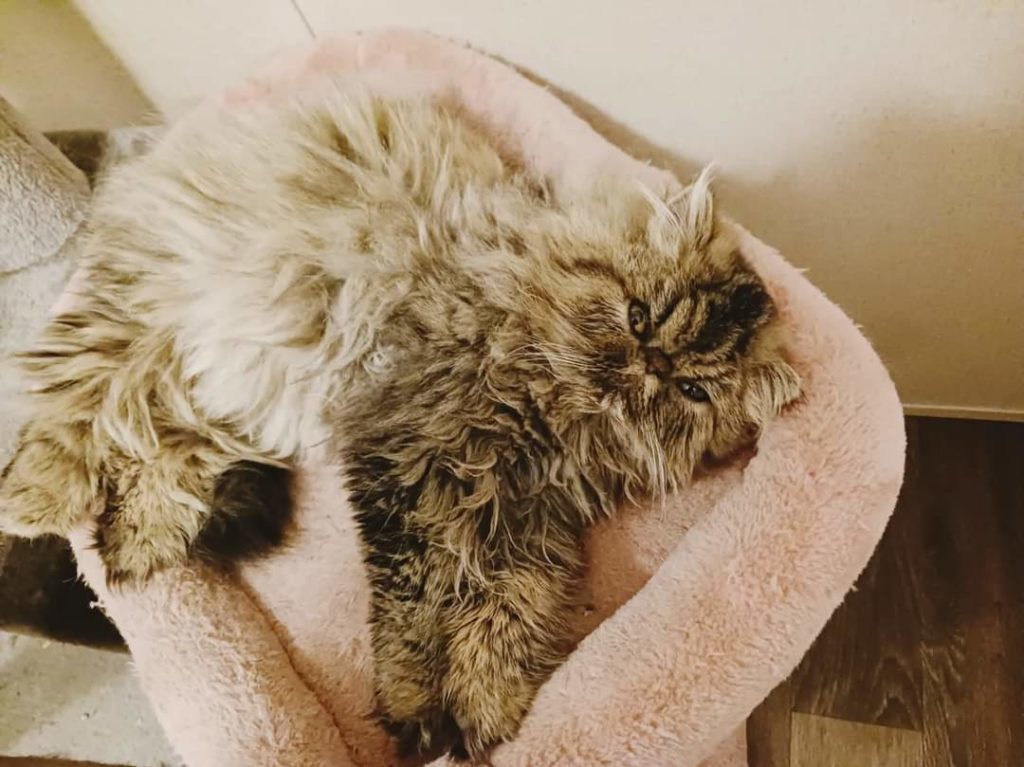
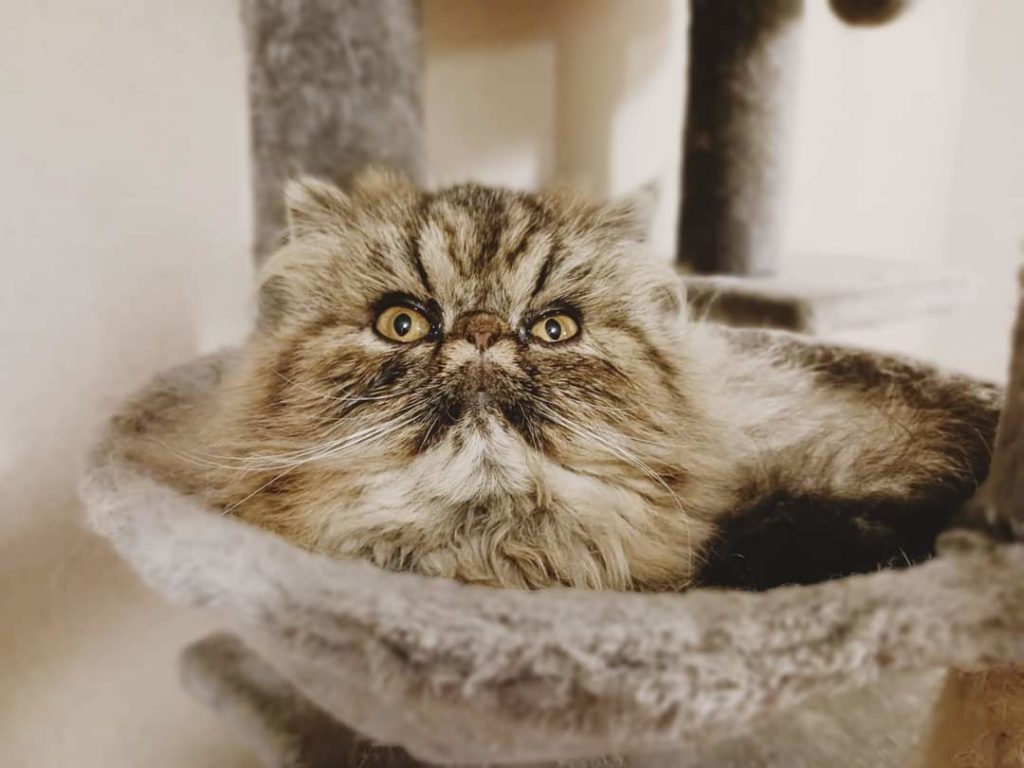
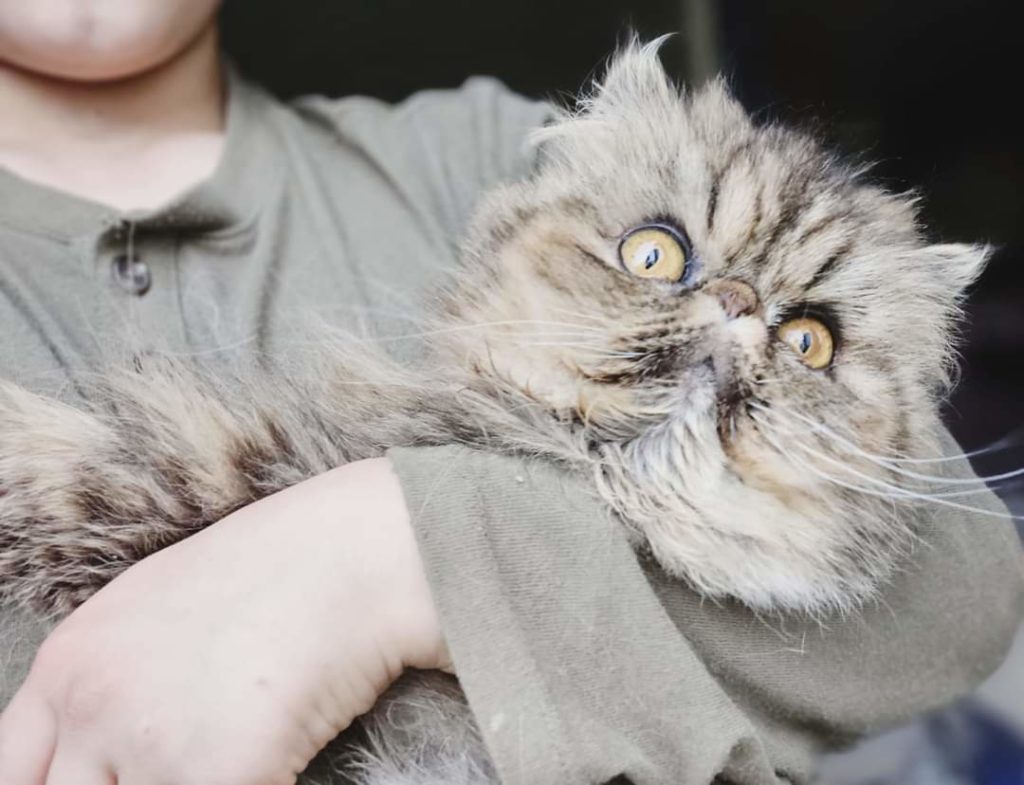
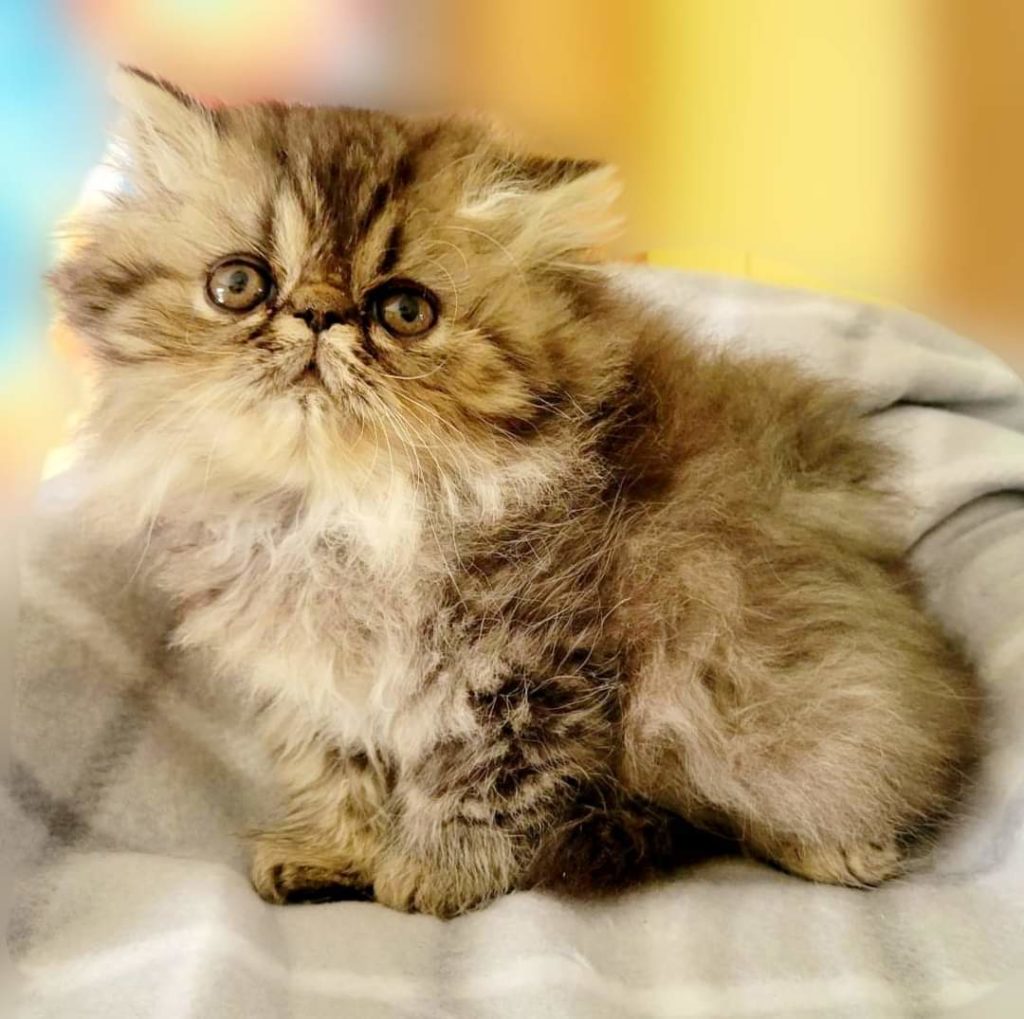
Mystique
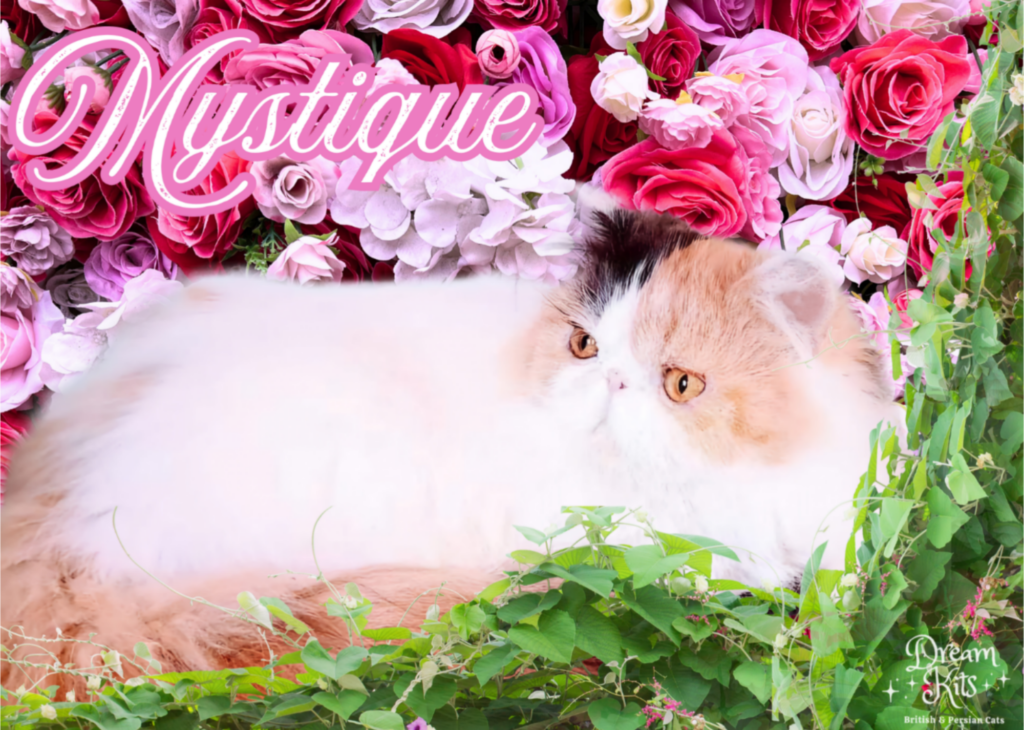
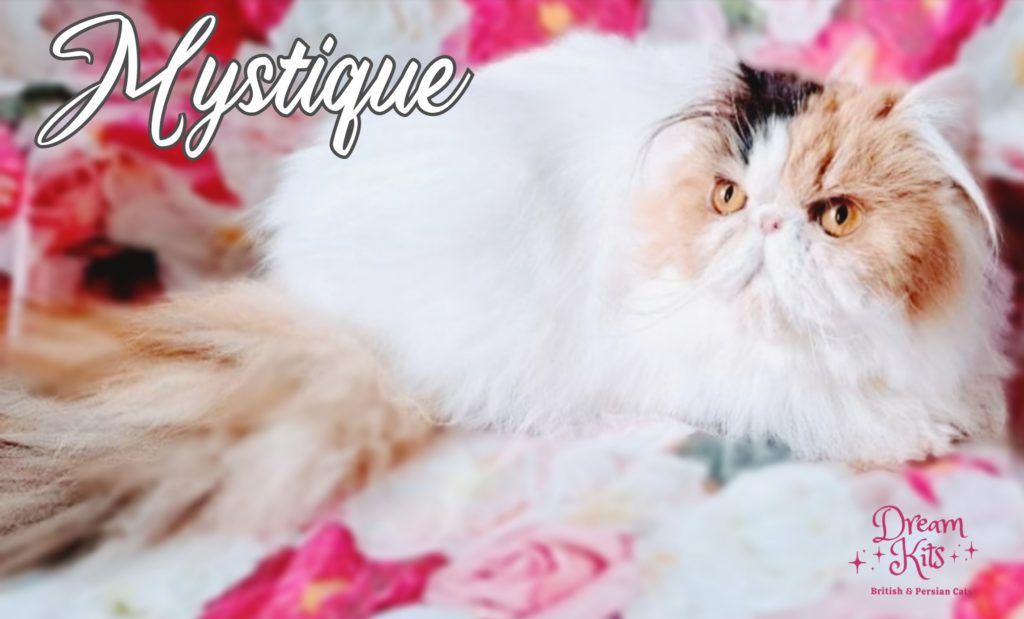
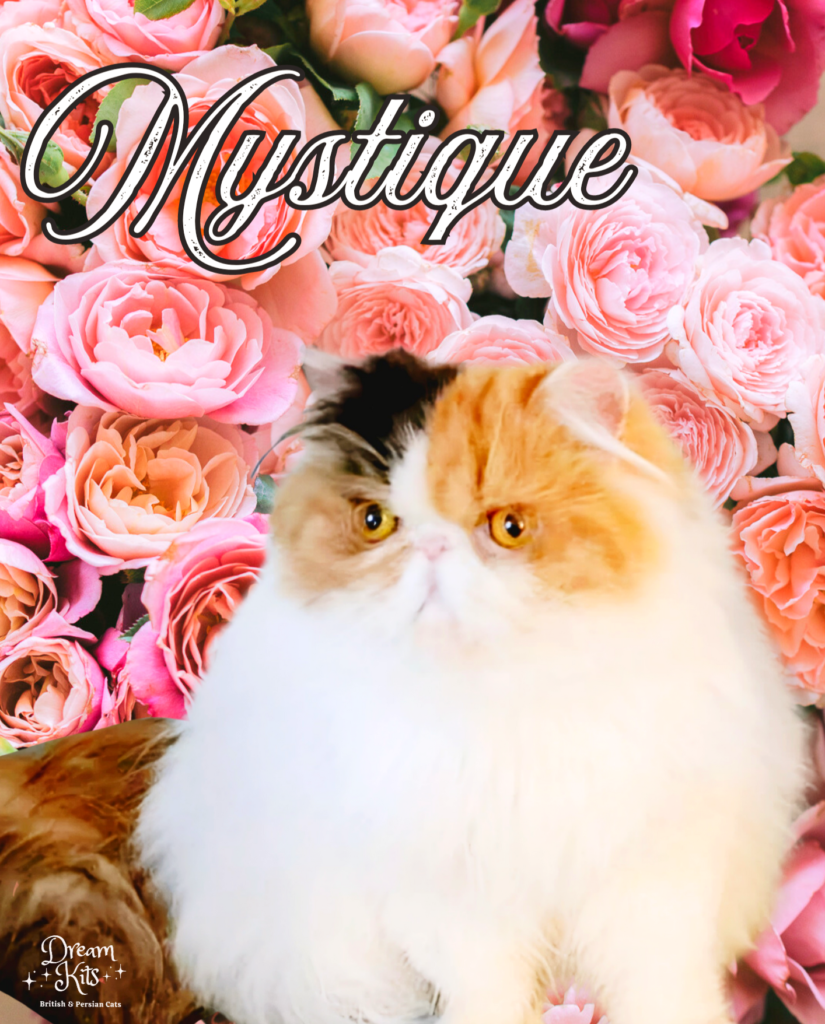
Locket
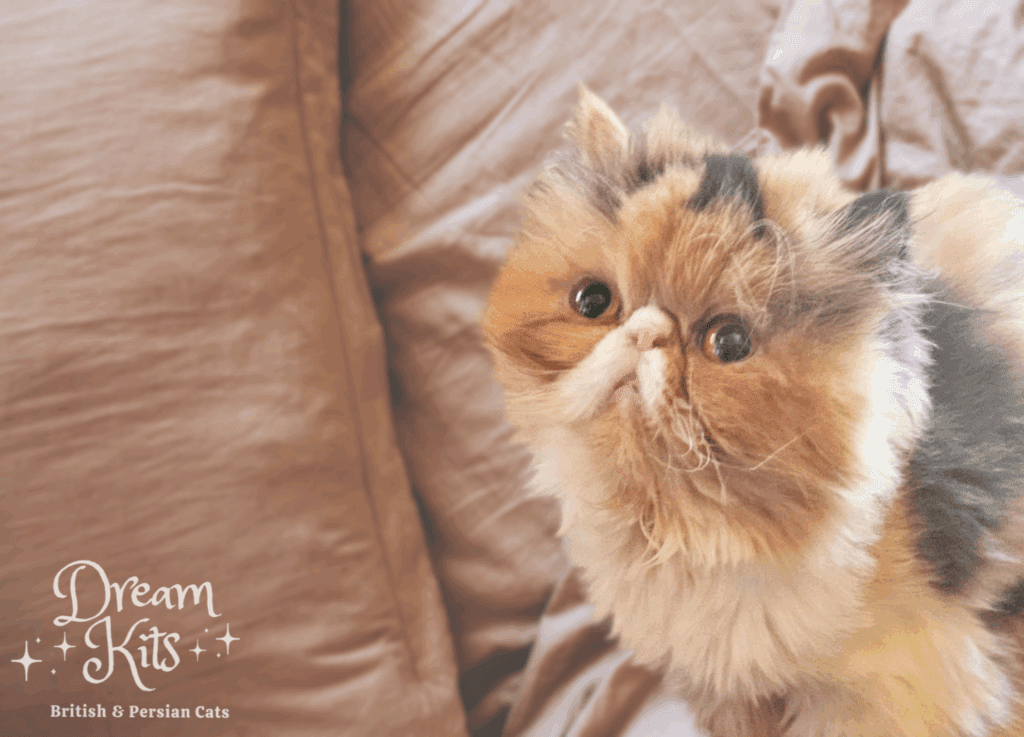
Upcoming Queens:
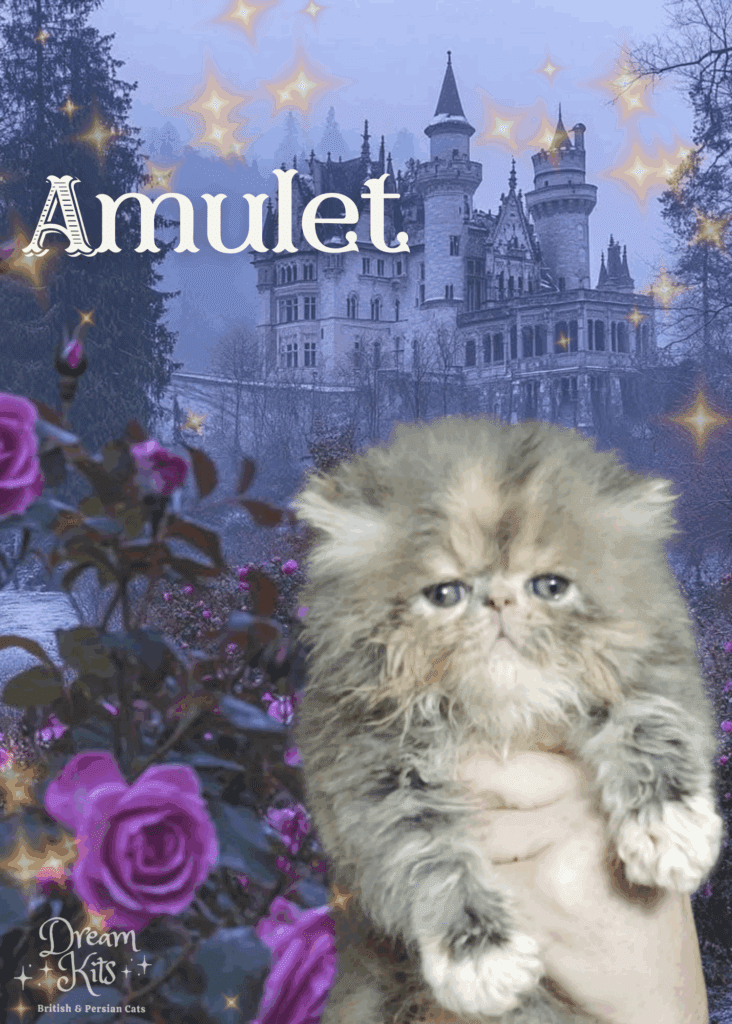
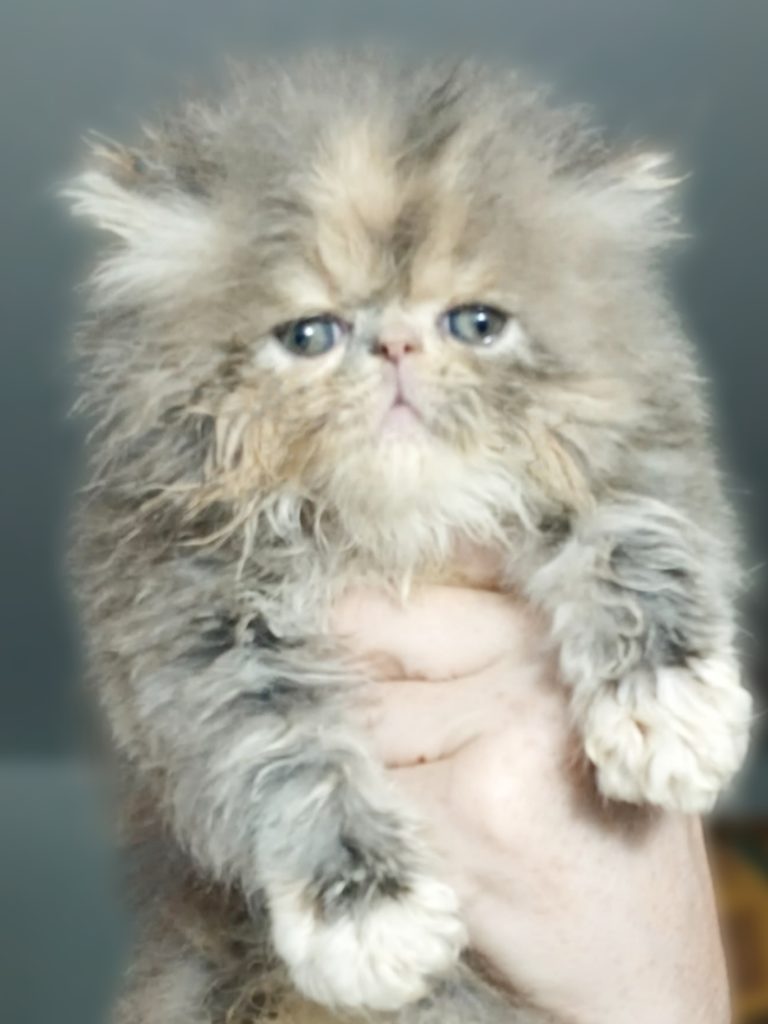
Persian Kings:
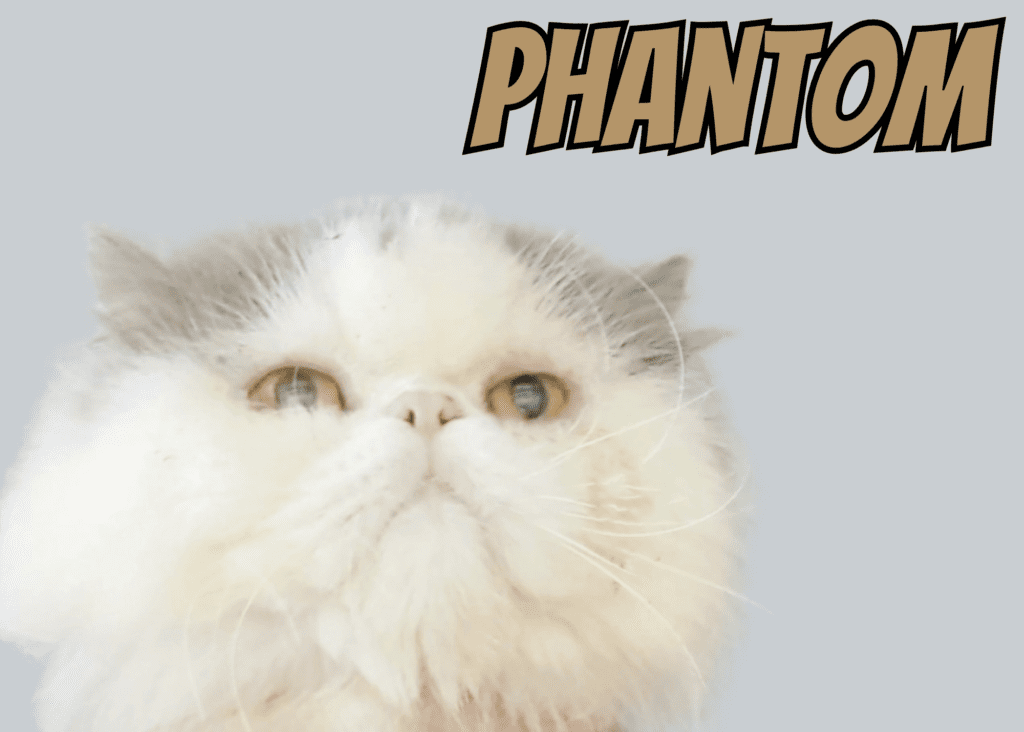
Upcoming Kings:
Prince Blueblood
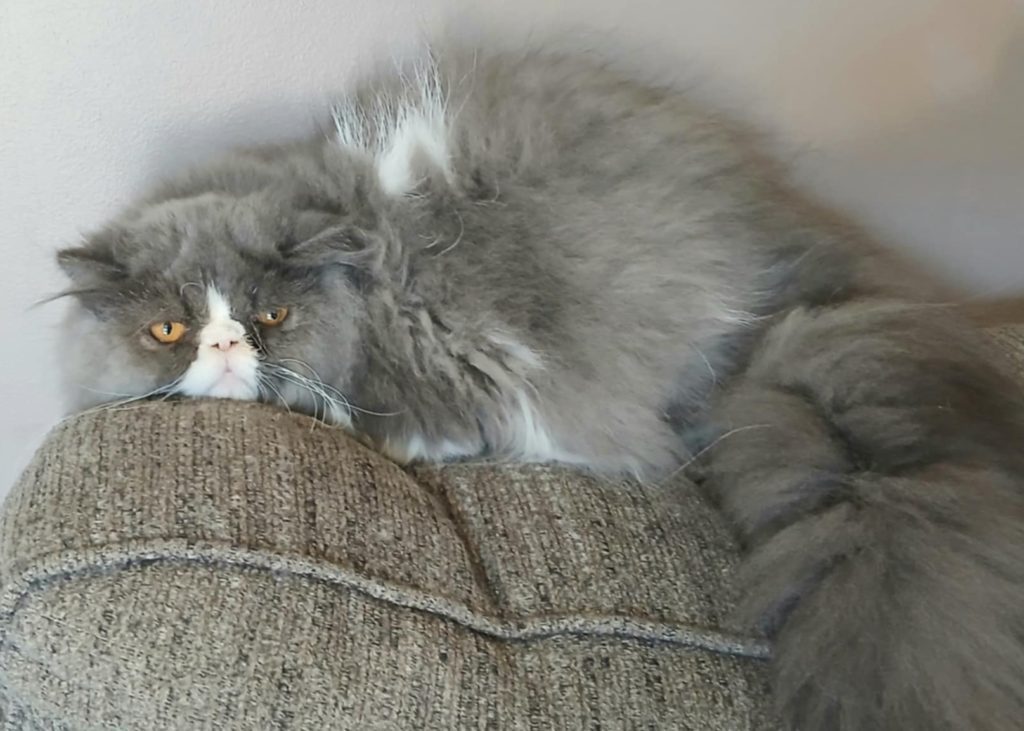
Night Knight
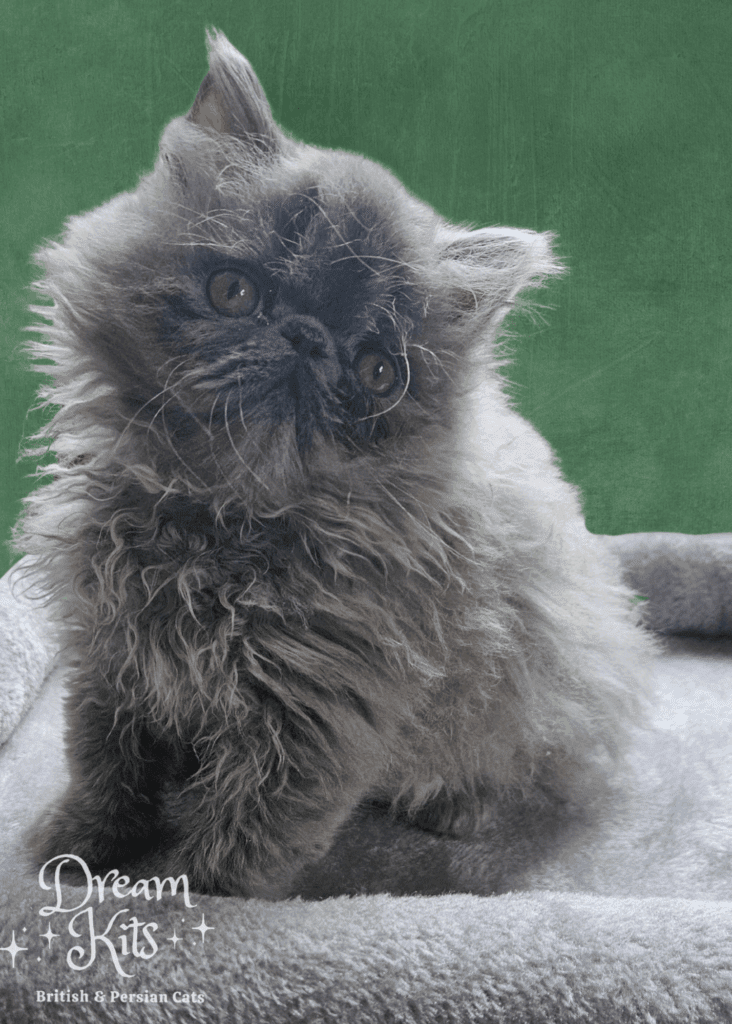
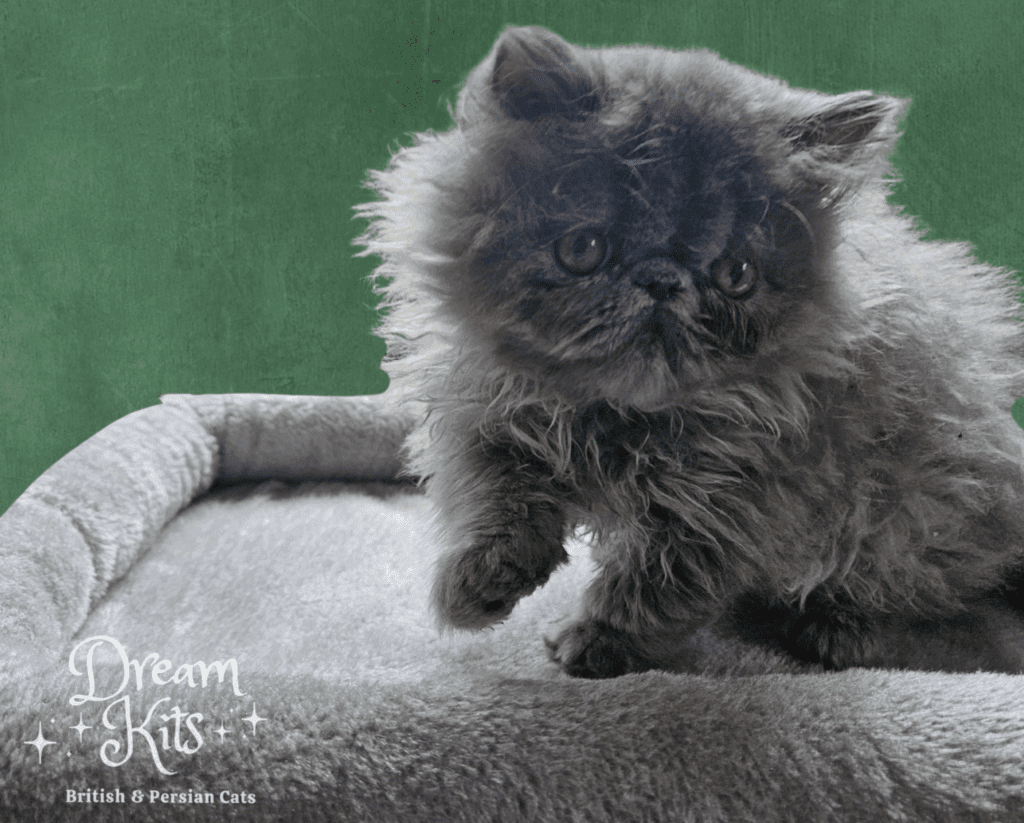
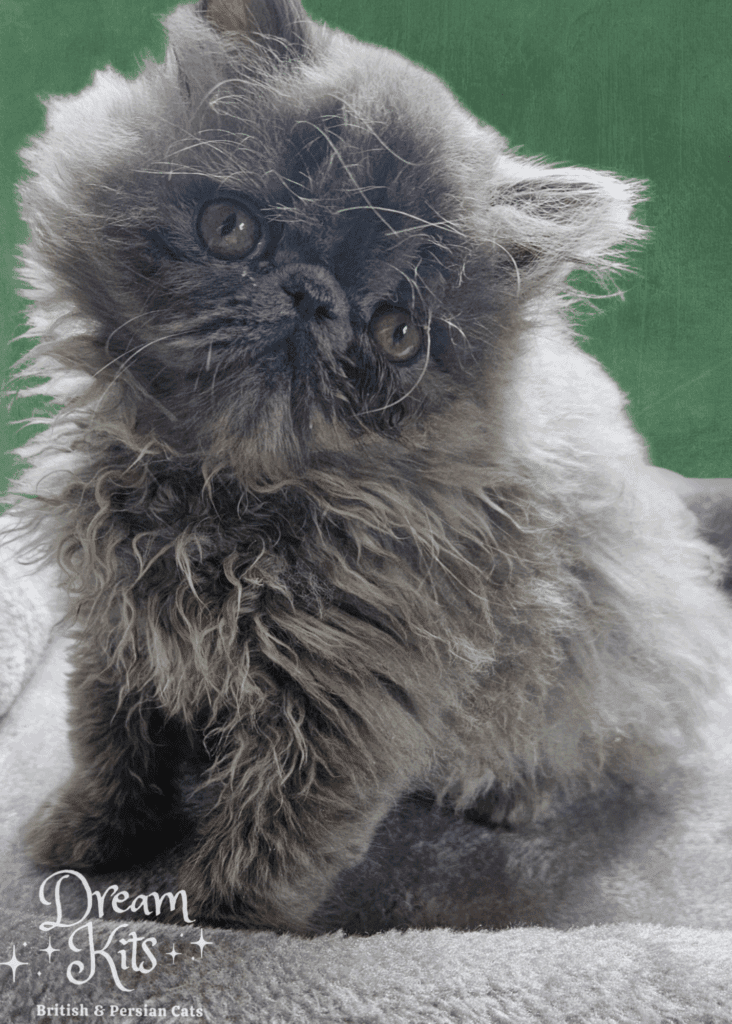
Prince Charming
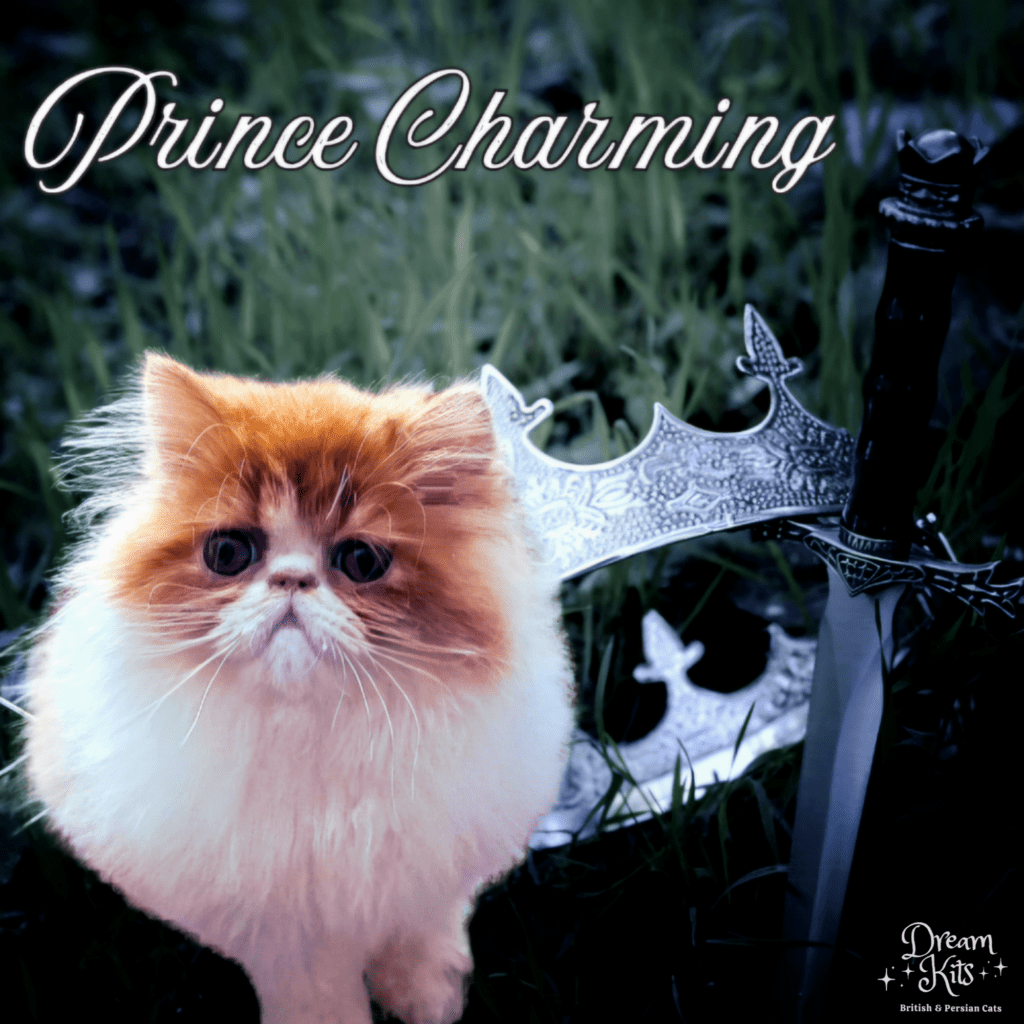
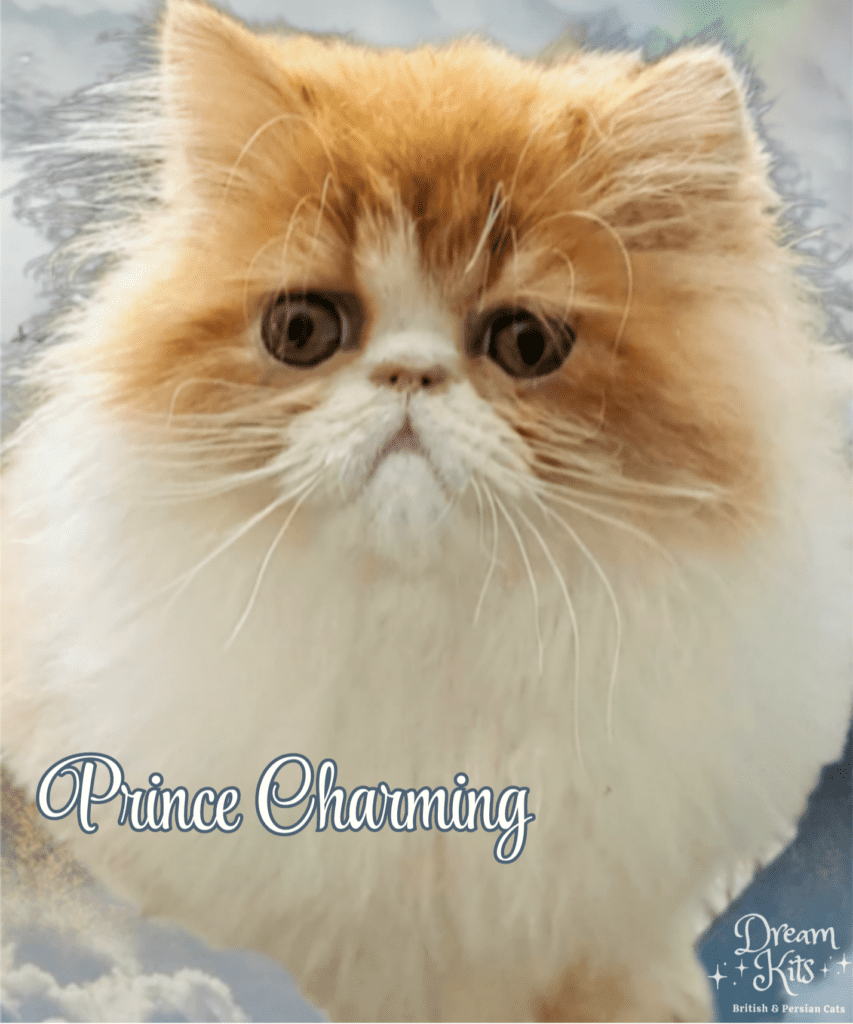
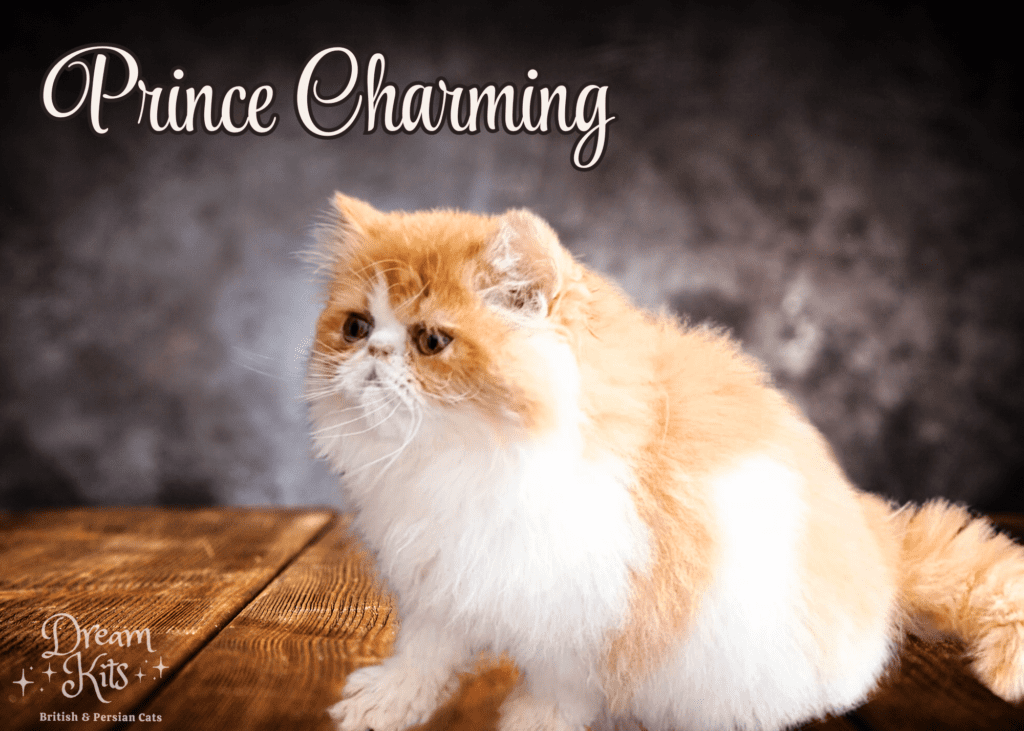
Bow
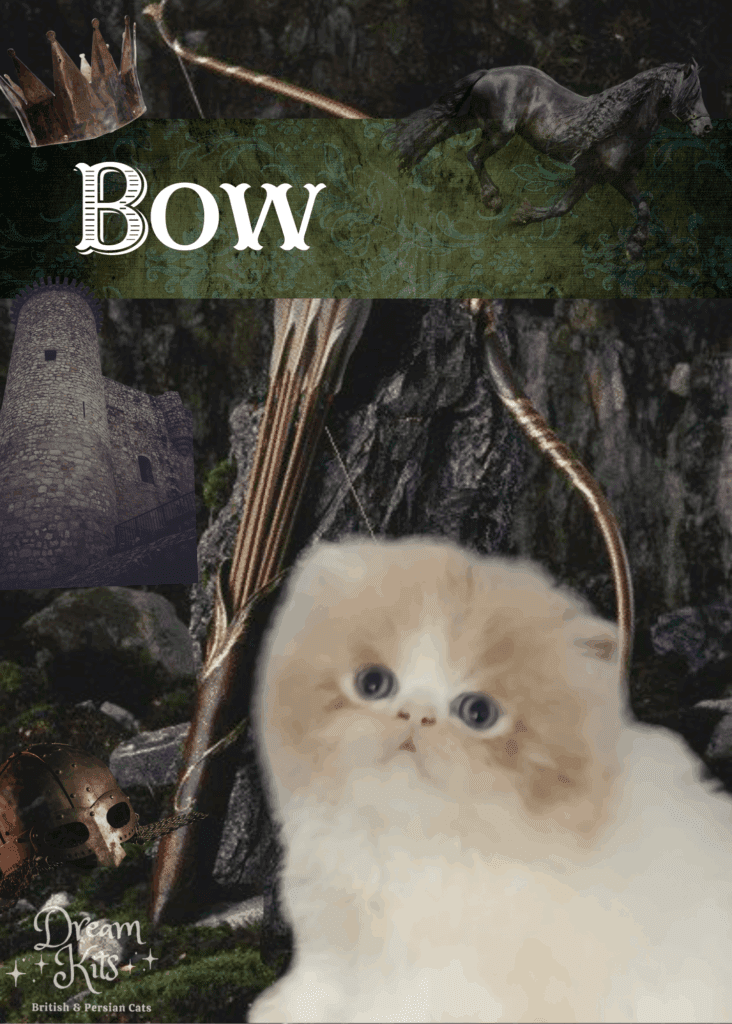
Follow us on Facebook!
Click Here to Follow Our Facebook Page
About the breeds:
British Shorthair-
Most well-recognized for their stocky, chunky build, the British Shorthair is a unique and pleasant cat that has been keeping families company for centuries. These thick-coated felines can be found in nearly any color or pattern that a person could think of.
With their teddy bear-like appearance, chubby cheeks, and fuzzy coat, it’s easy to see why this cat has remained a favorite for so many years.
Do British Shorthairs Shed?
They do shed, compared to other cats, though, British Shorthairs do not shed excessively. However, Shorthairs experience seasonal shedding during spring and fall—so get your lint brush ready to pick up some cat hair.
How Big Do British Shorthairs Get?
Considered to be medium to large in size, British Shorthairs can weigh more than the average cat. Females typically weigh 9-15 pounds, and males are 12-18 pounds.
How Long Do British Shorthair Cats Live?
On average, Shorthairs can live anywhere from 12-17 years. This number can be affected by many factors, including the cat’s diet and exercise plan, living situation, and overall health.
When it comes to the British Shorthair personality, it’s difficult to think of any drawbacks. Best described as subdued, this is one feline who will not be begging for attention 24/7. When you are in the house, they will often follow you around and curl up next to you.
Even though they enjoy receiving attention and one-on-one time, British Shorthairs do not always like sitting on laps or being carried around. Of course, each Shorthair has their own unique personality, so the possibility still stands that your cat could be more comfortable with being handled.
Grooming and Care
Since British Shorthairs do not shed excessively, a weekly brushing will often suffice.
British Longhair
The British longhair is a sweet tempered, round-faced teddy bear of a cat. These fluffy felines originated in Britain and are a cross between the British shorthair and Persian cat breeds. The British longhair has technically been around for centuries, but has only recently been recognized as its own breed.
By Hilary Abrahamson
Height:12 – 14 inches
Weight: 8 – 16 pounds
Lifespan:12 – 15 years
Colors: Chocolate, cinnamon, silver, fawn, blue, black, cream, white, red
Suitable for: Seniors, families with small children
Temperament: Affectionate, intelligent, sociable, good with other pets
The British Longhair cat has the same plush look and is as elegant as his cousin the British Shorthair, with the main difference being that his extremely silky coat is mid-length. This magnificent cat is still relatively rare in the United States, but his adorable face promises him great success in the years to come. Peaceful, attached to his master while being playful, the British Longhair is indeed the ideal pet. Read on for more details on this darling breed.
Temperament & Intelligence of the British Longhair Cat –
The British Longhair combines the main characteristics of the British Shorthair and the Persian: he is a calm, reserved, and kind cat. In addition, it is a cat that develops a strong bond of affection towards its owner. He also likes to play a lot, adores children, and is very sociable; this is why it is said to be the pet par excellence. Besides, he appreciates the presence of his congeners as much as that of dogs.
Are These Cats Good for Families?
Easygoing, the British Longhair is always peaceful and shows no aggressiveness. It is, therefore, a very suitable cat for a family with young children. Be aware, however, that you should always be careful when a child is playing with a cat. The tiny human must learn to respect his four-legged companion and analyze his body language to know when to leave him alone. The company of the British Longhair is also very popular with the elderly.
Does This Breed Get Along with Other Pets?
This phlegmatic cat gets along very well with his fellows and cohabits easily with dogs. His majestic build allows him to assert himself when necessary. He shows some independence but doesn’t like loneliness. If his owner is away all day, he will very much appreciate having another animal to keep him company!
Grooming
This beautiful cat’s long coat requires more care than a short coat. To avoid hairballs and knots in the undercoat, you will need to brush it frequently, at least once a week, and more often during the shedding period.
Also, to prevent knots from forming, your cat should be accustomed to the brush and comb from an early age. There are all kinds of cat grooming and hygiene products on the market, so it’s up to you to decide what works best for your cat. Start with a soft brush that does not pull the thin coat or cause injury to the skin. Give your kitty a small treat after each treatment session. Then, when grooming times are no longer a problem for you and your cat, you can choose more effective brushes and combs as needed.
Health and Conditions
British Longhairs are generally healthy cats. However, they can develop illnesses identical to those of their shorthaired cousins. Obesity is also a threat since this cat prefers to live indoors. The best solution is to offer your kitty regular exercise by playing with him.
Male vs Female
A male British Longhair cat is slightly larger than the female and heavier to carry. He also tends to be more cheerful and cuddly than females, as reported by most owners of this cat breed.
Final Thoughts
If you love cats with long fur, adorable little faces, and affectionate character, then the British Longhair should be for you! This is the longhaired variant of the British Shorthair, which inherited the curvy figure and soft, pleasant personality from its cousin. This cat, perfectly suited to indoor life, will delight a family with children as much as a single or older person.
By Genevieve Dugal
Nov 27, 2022

